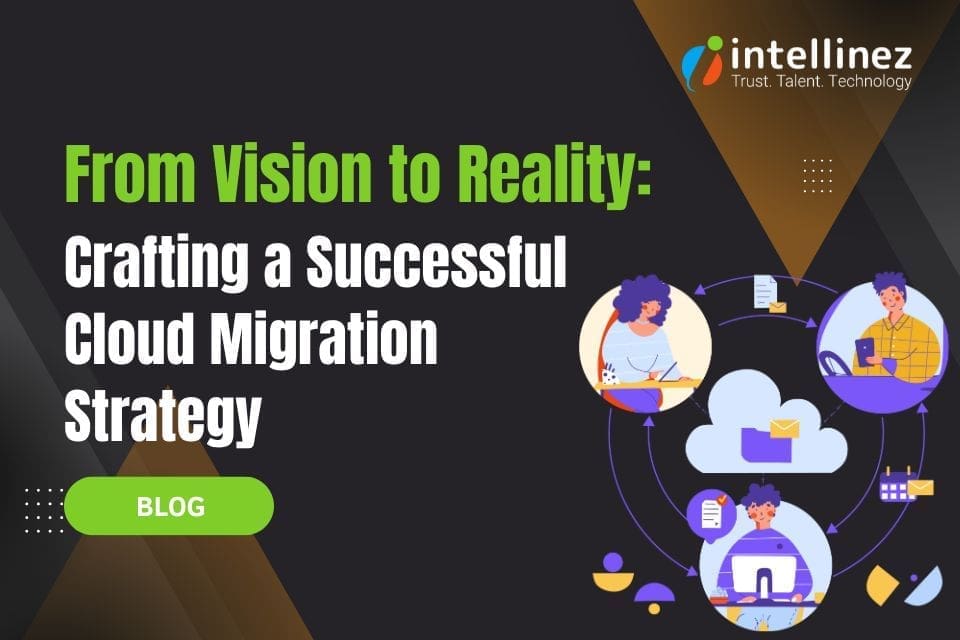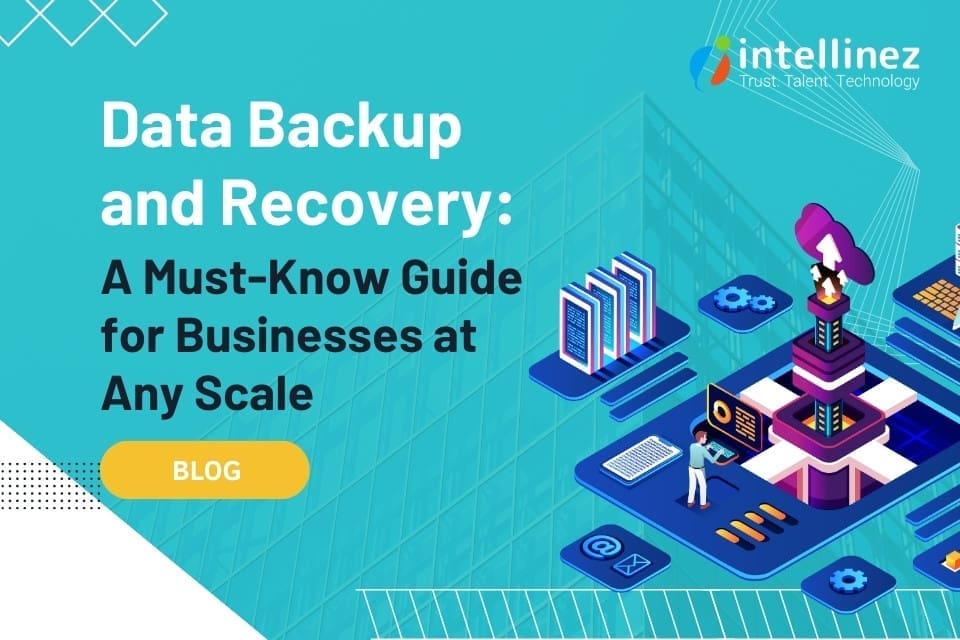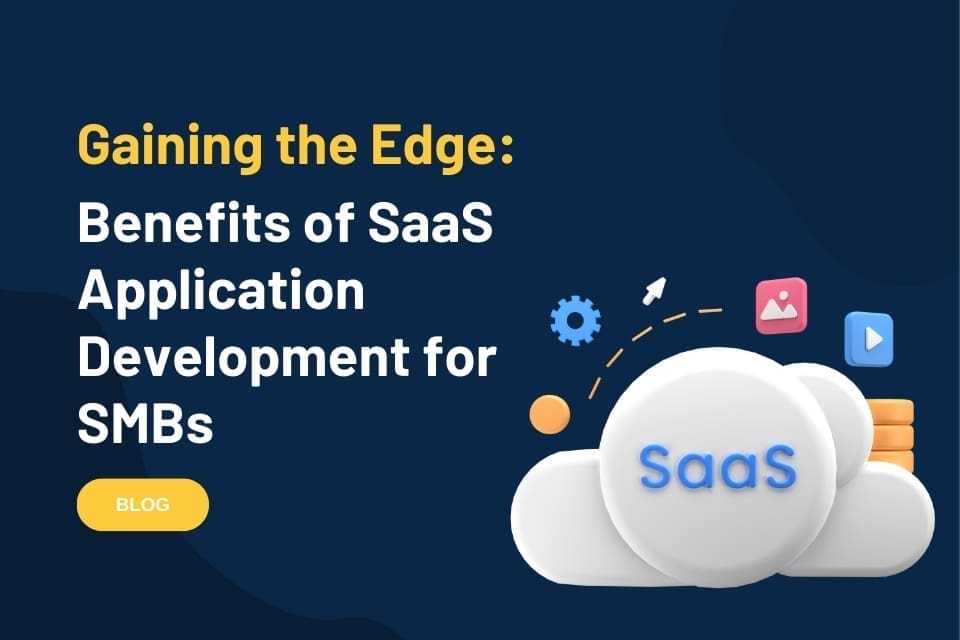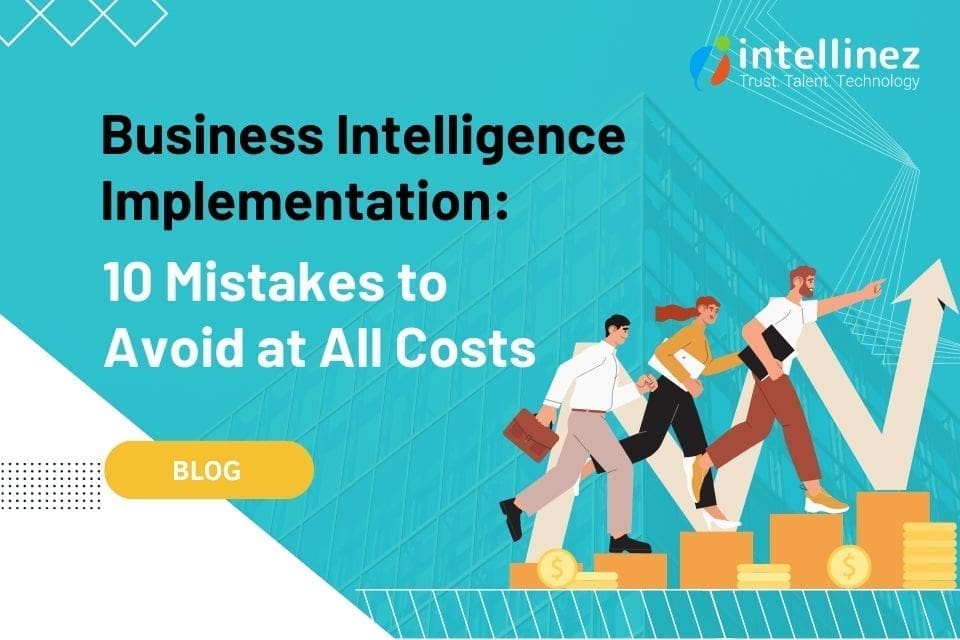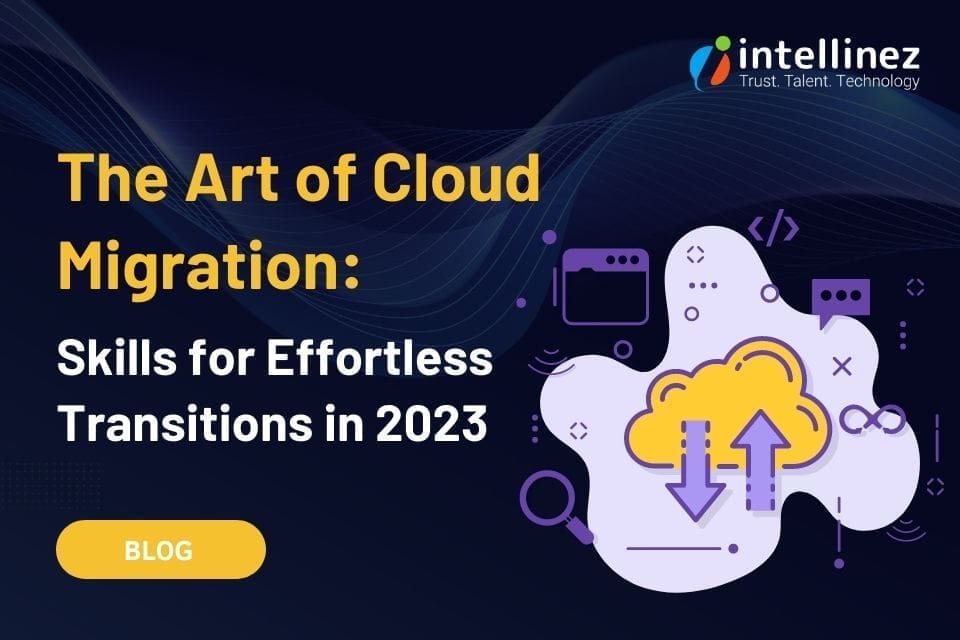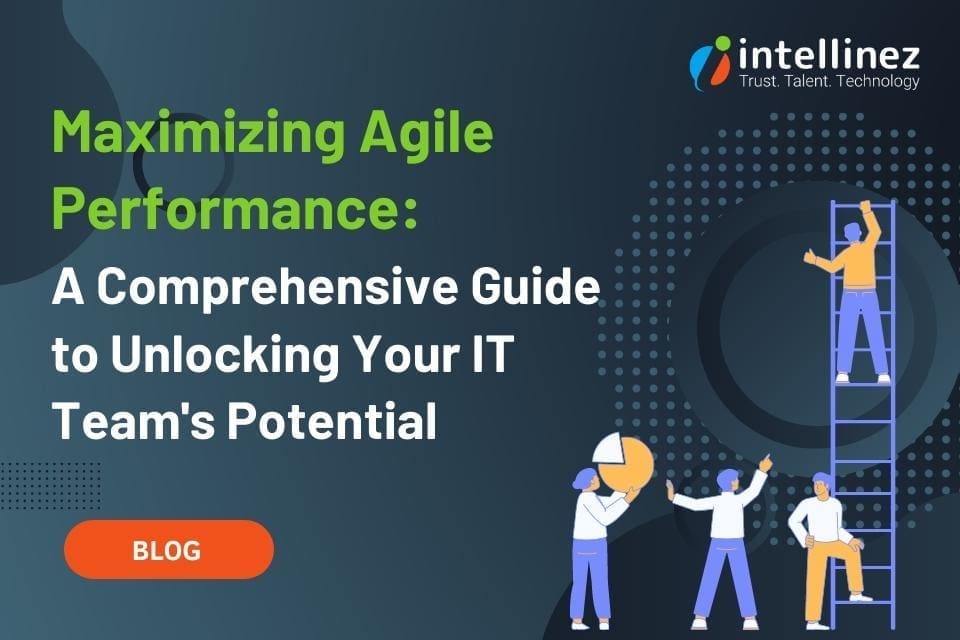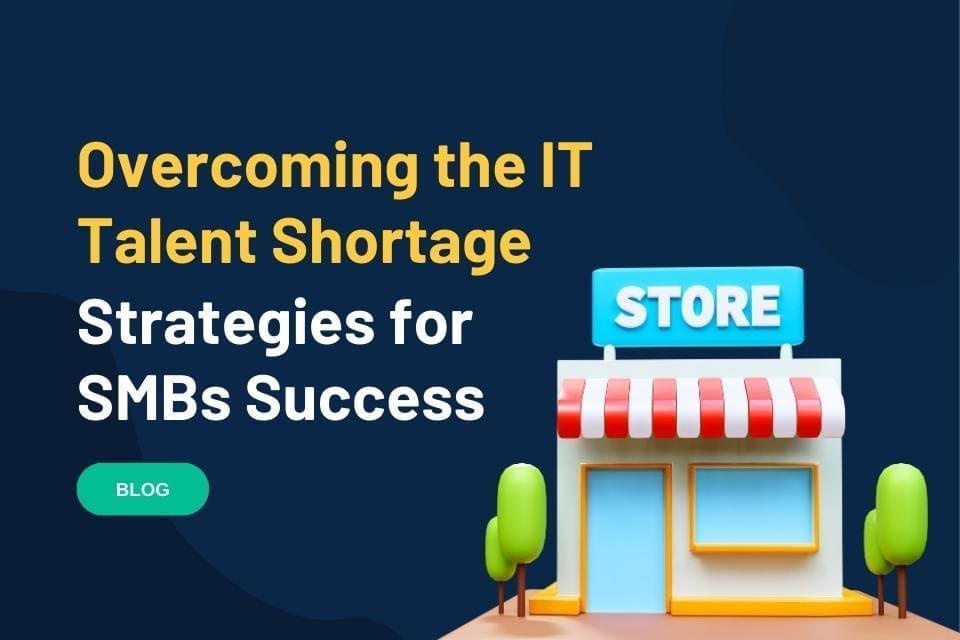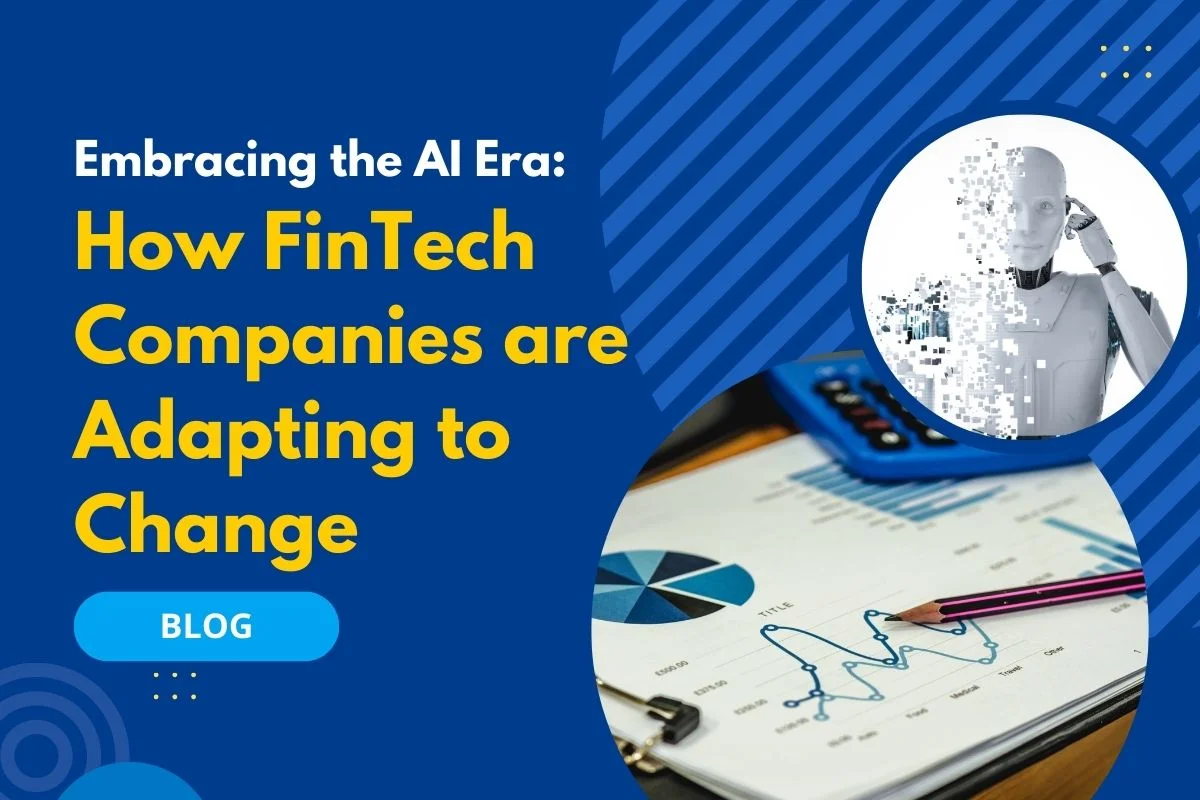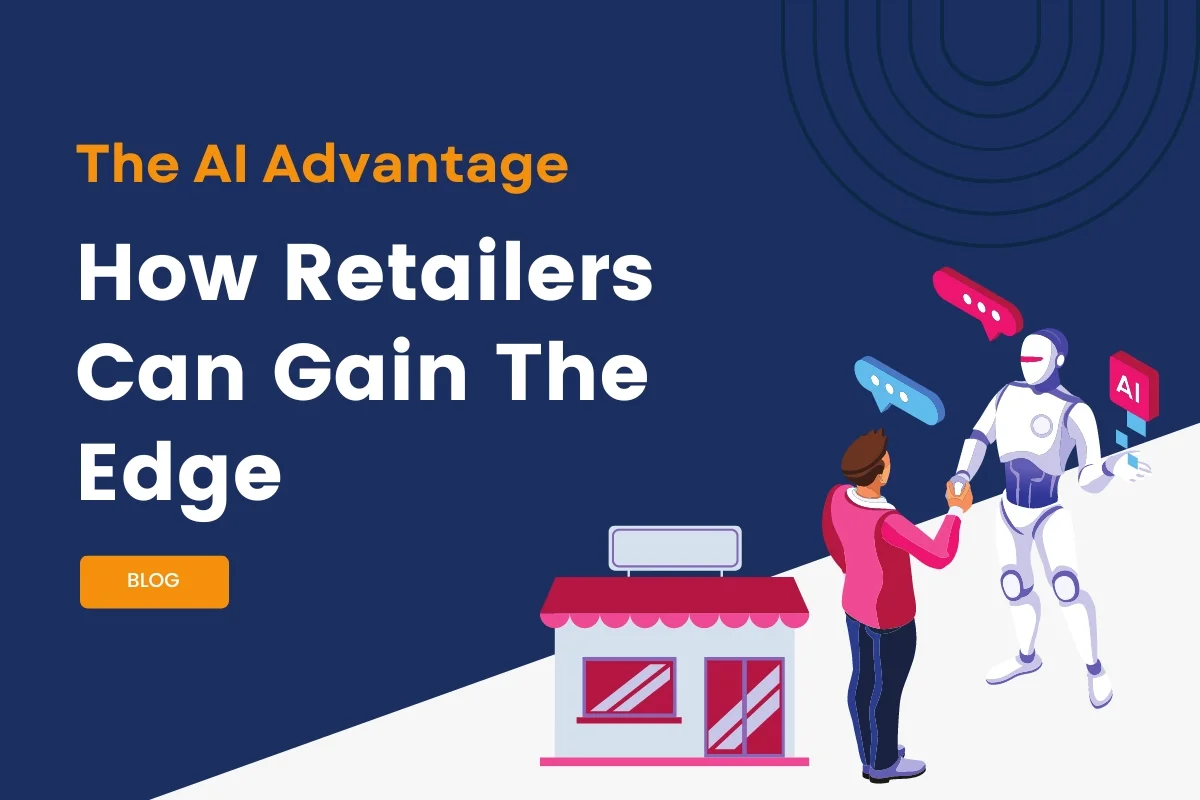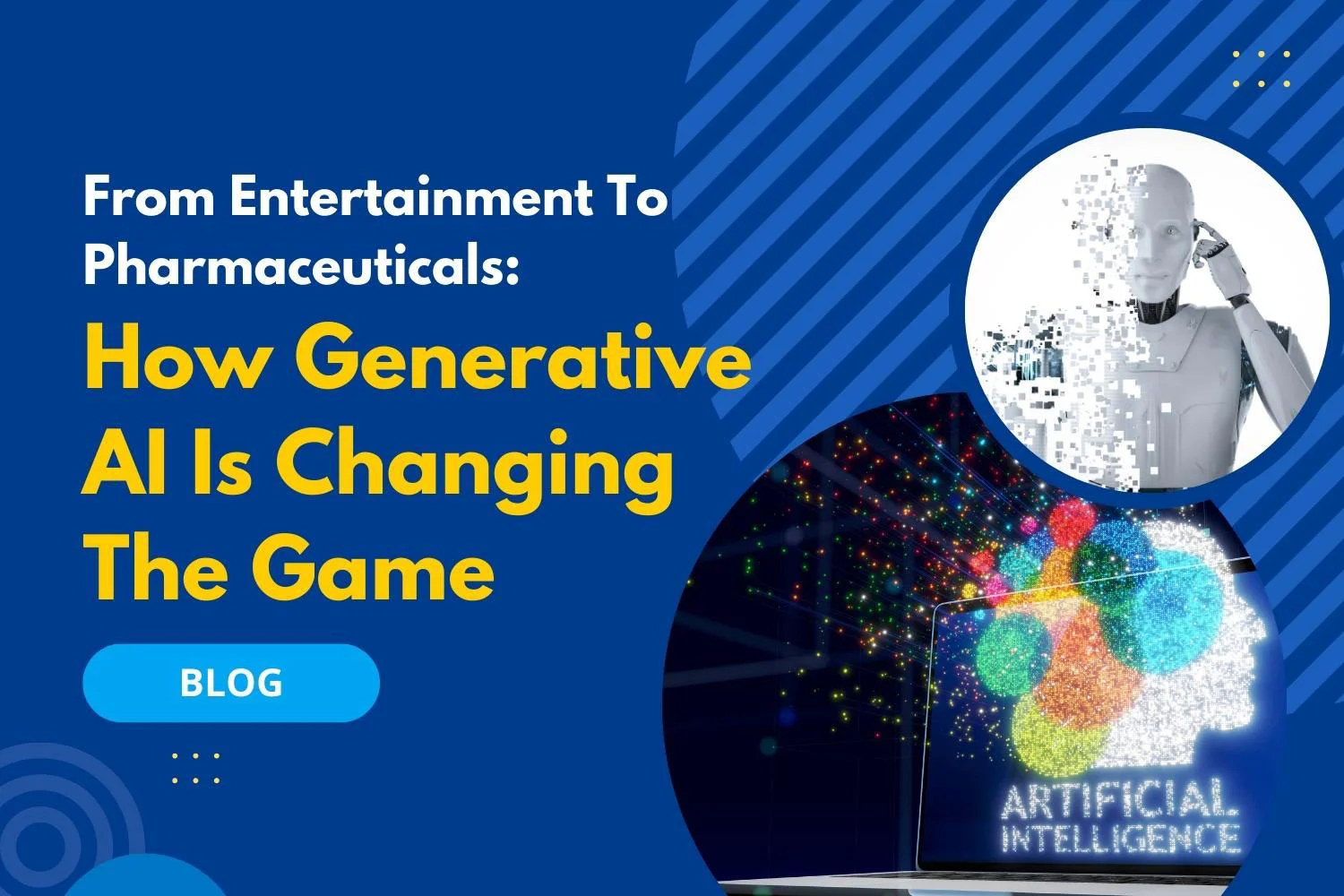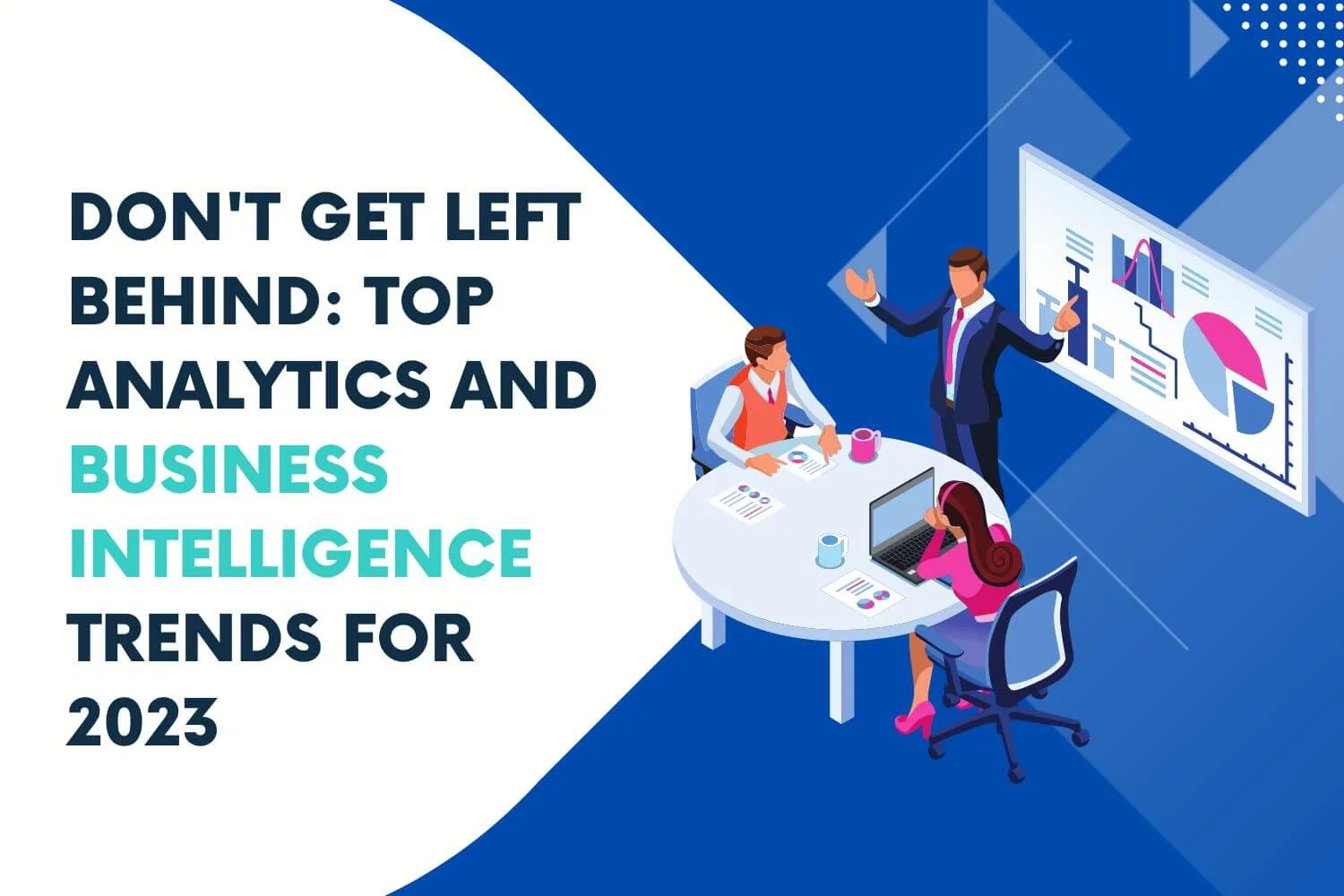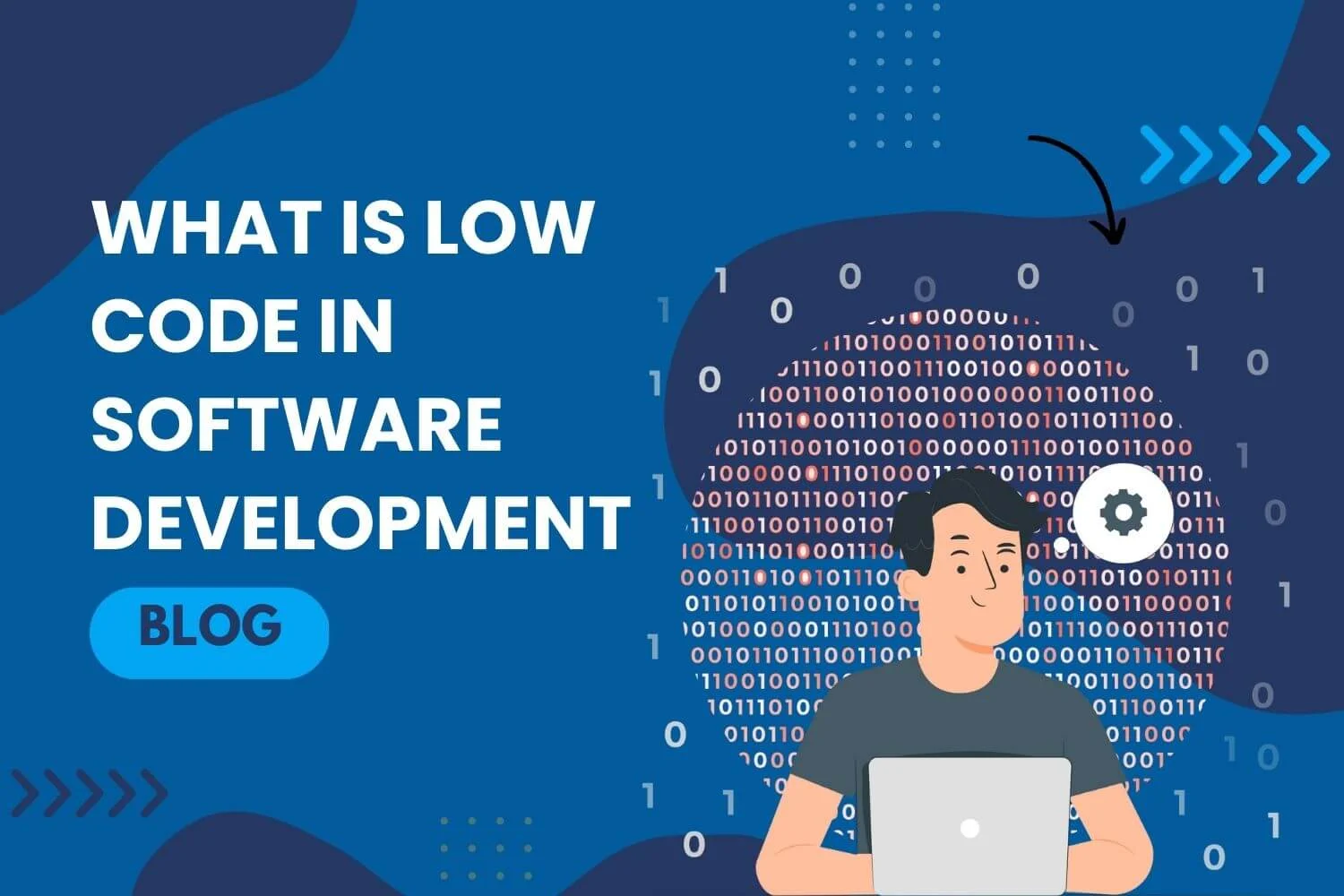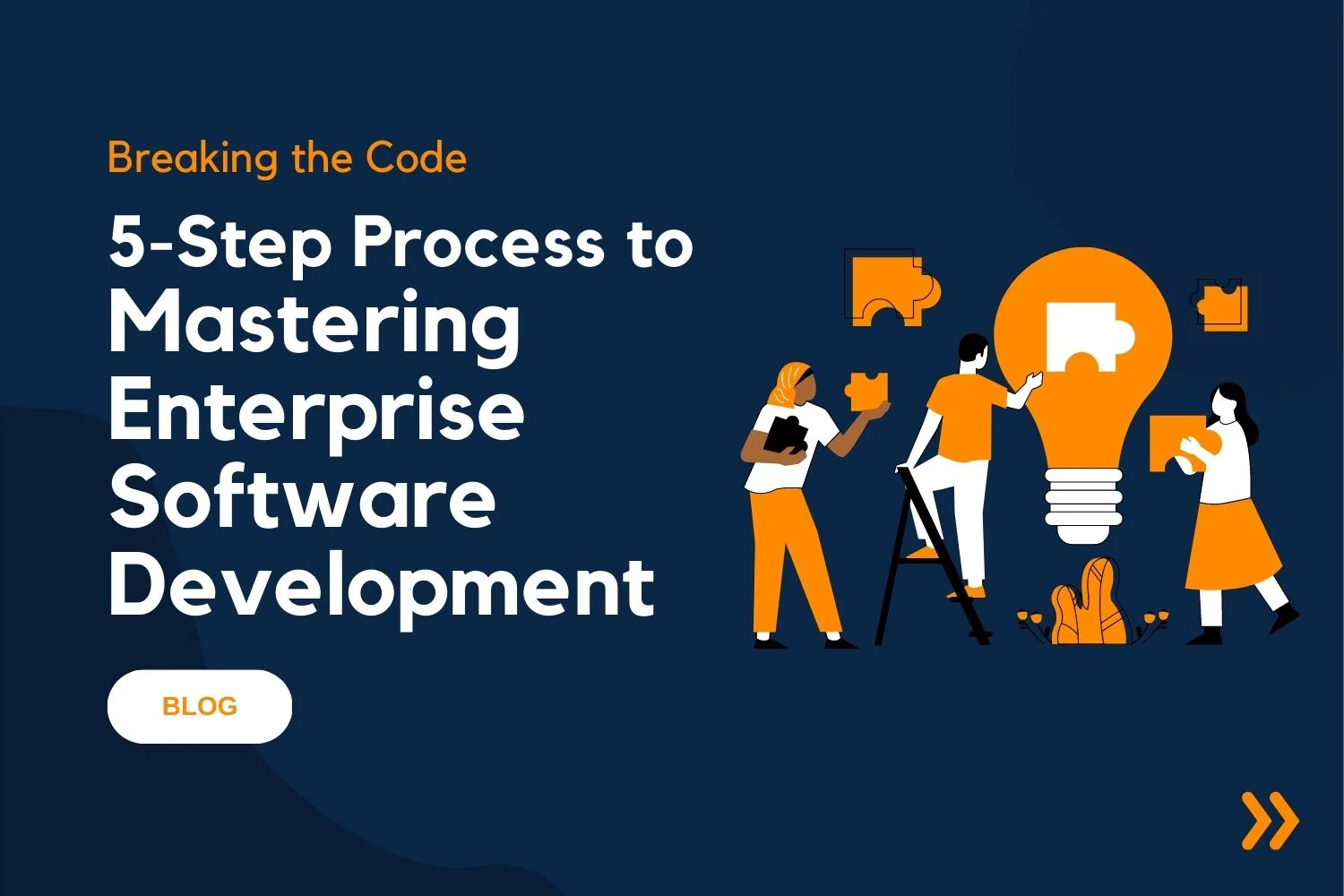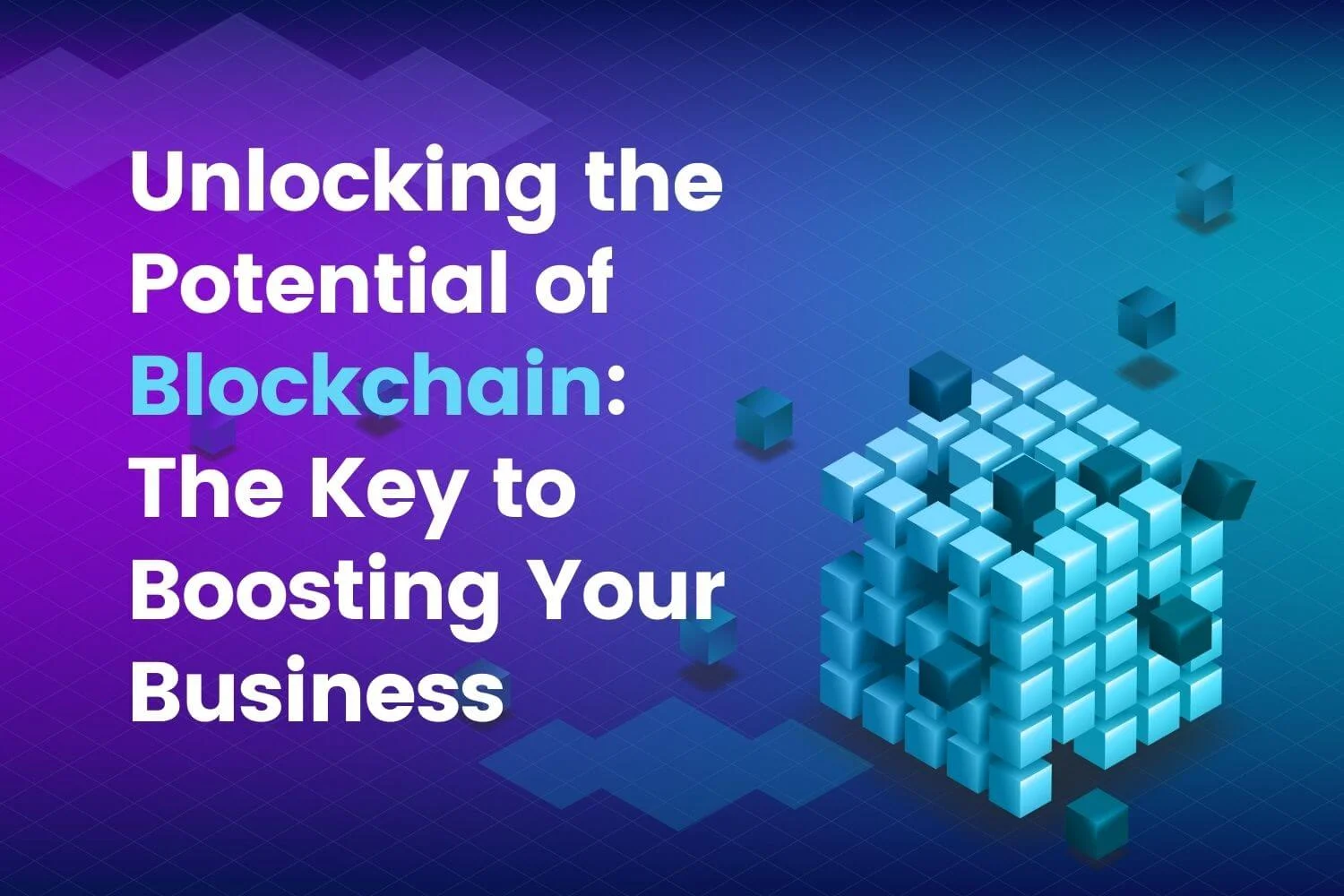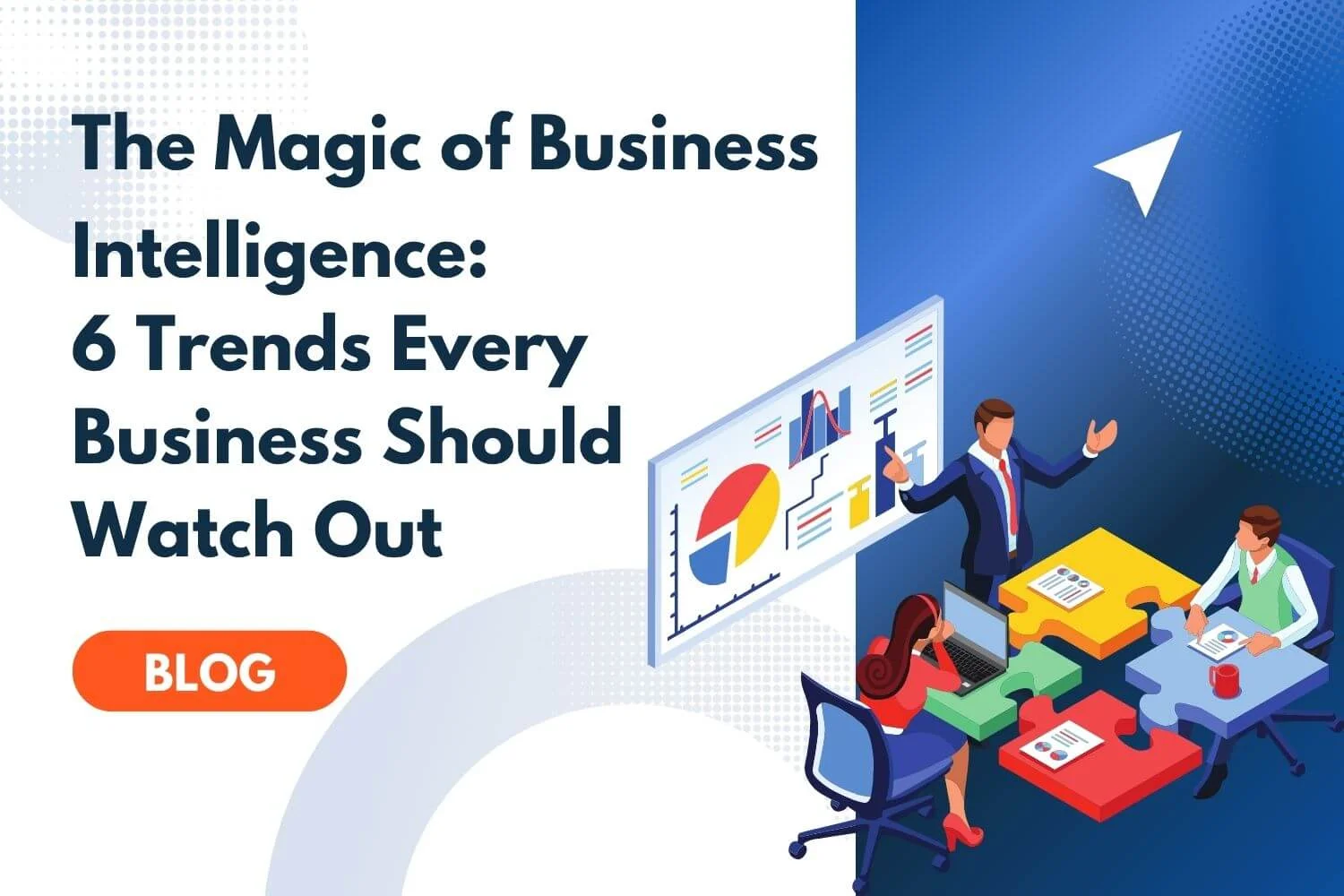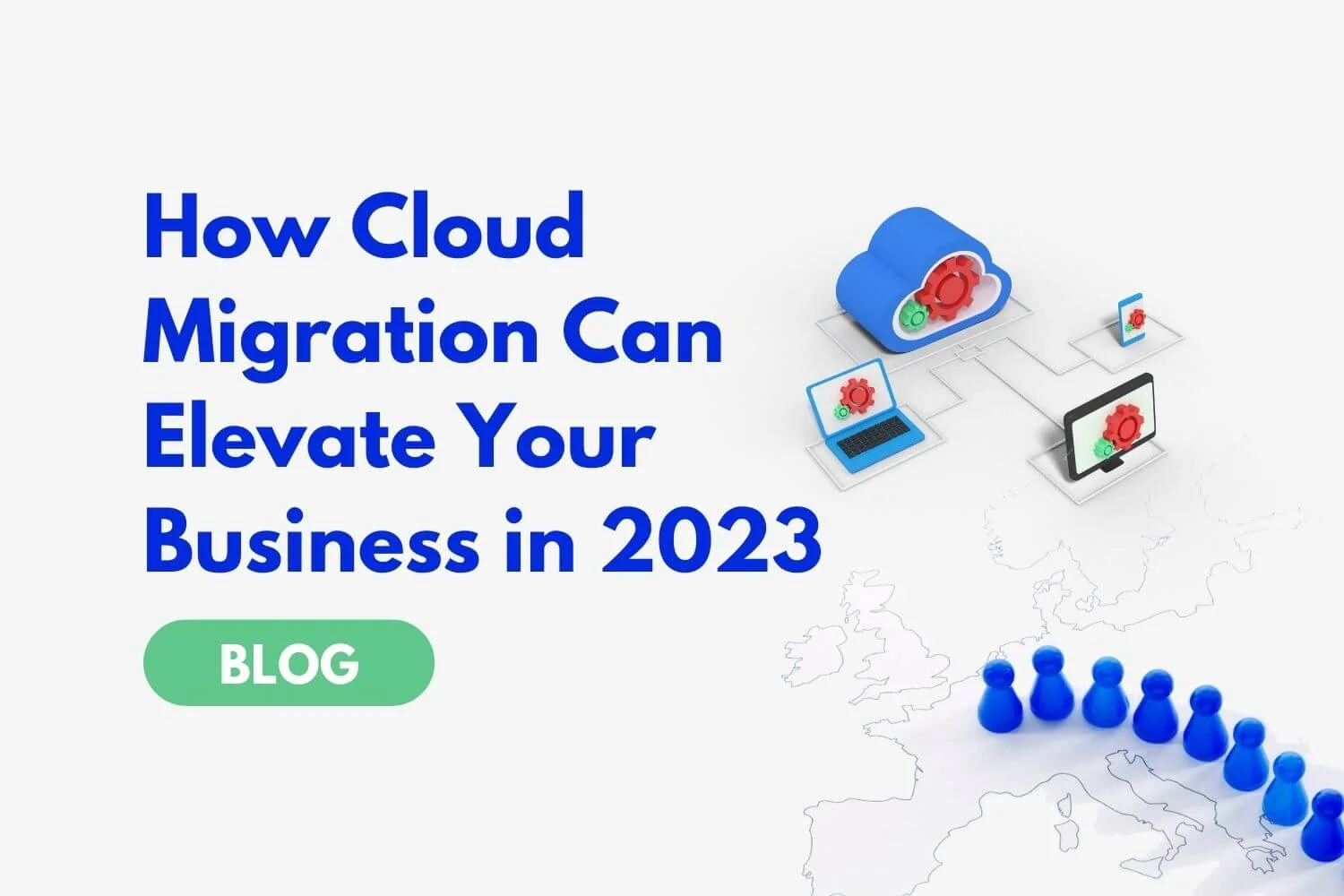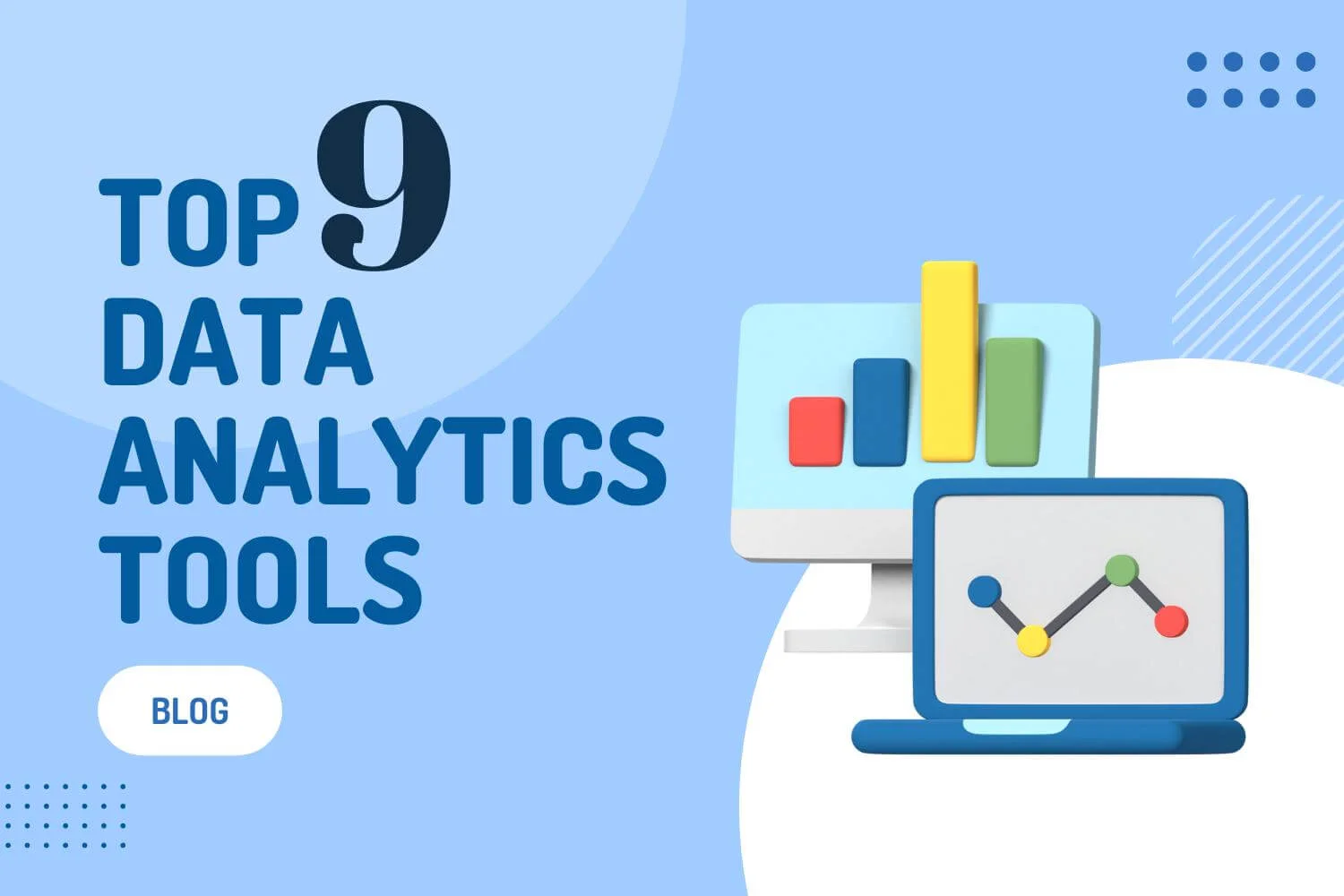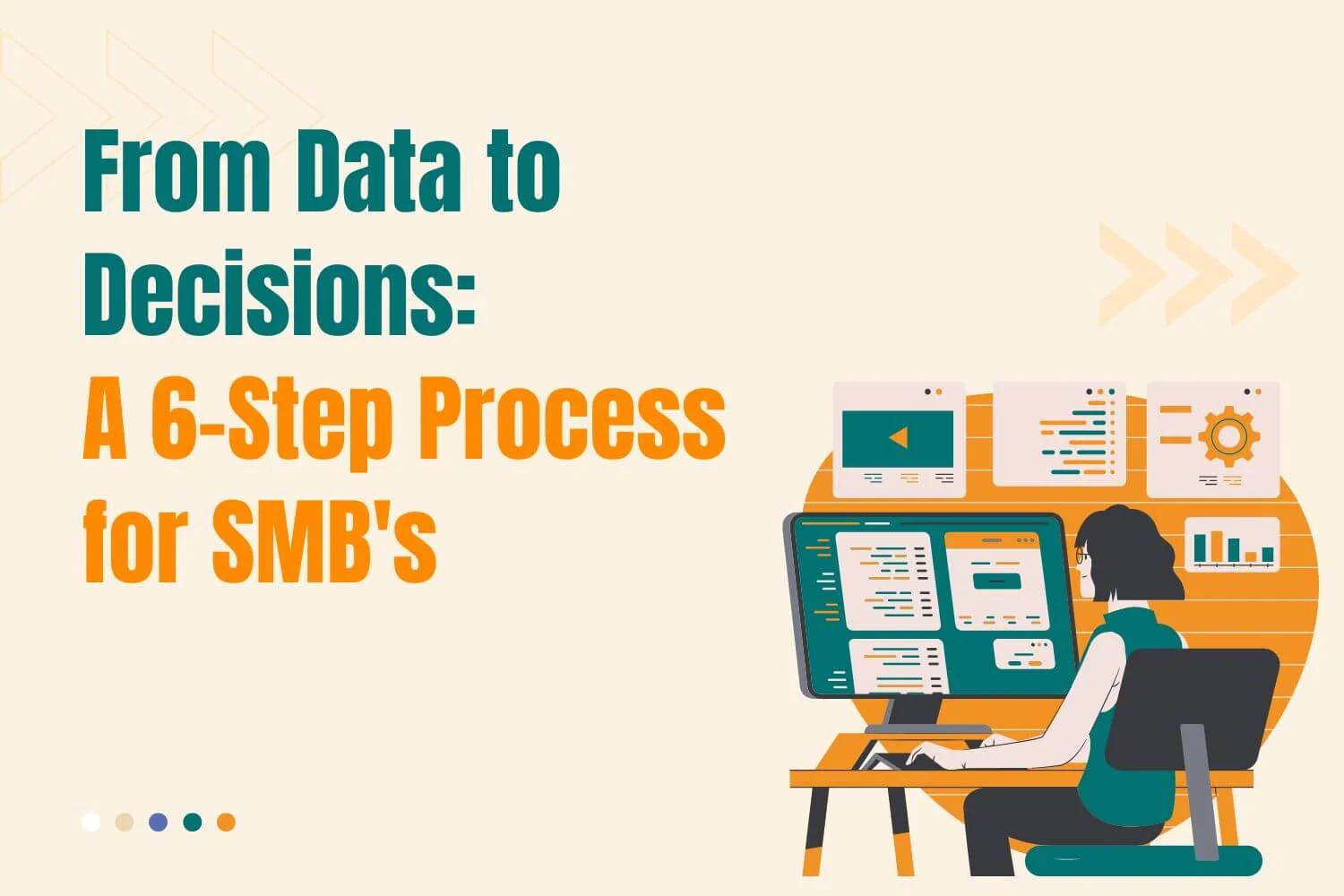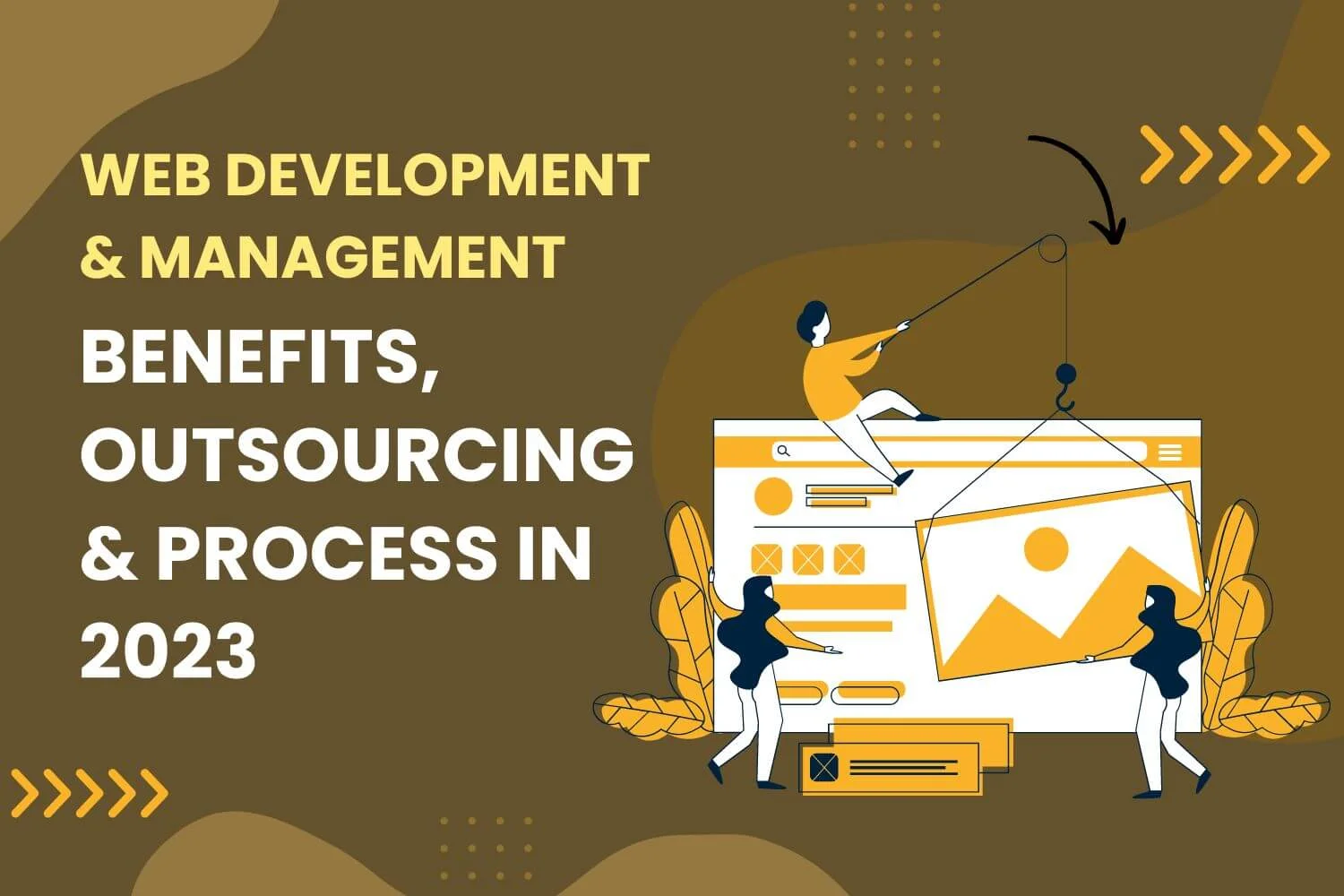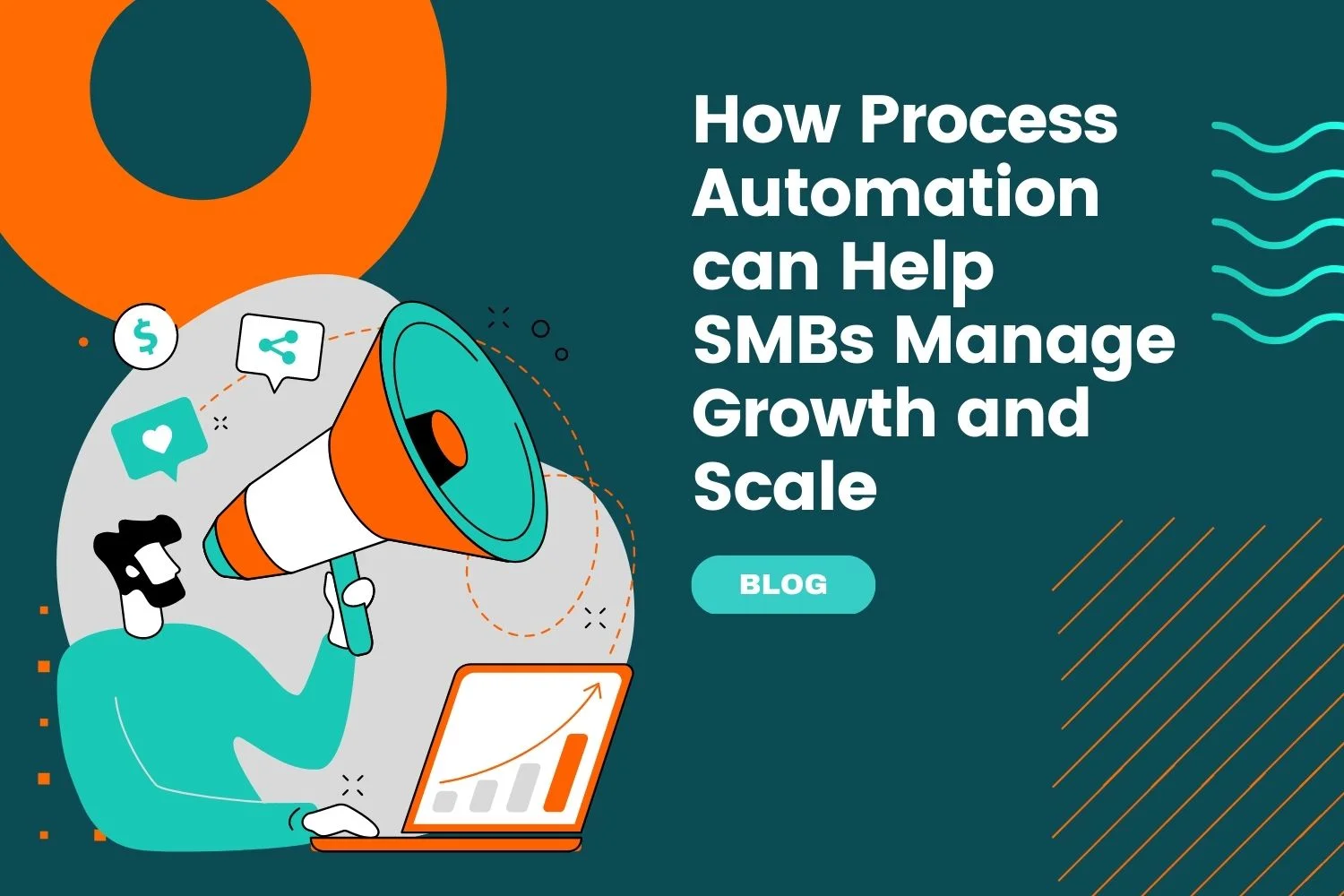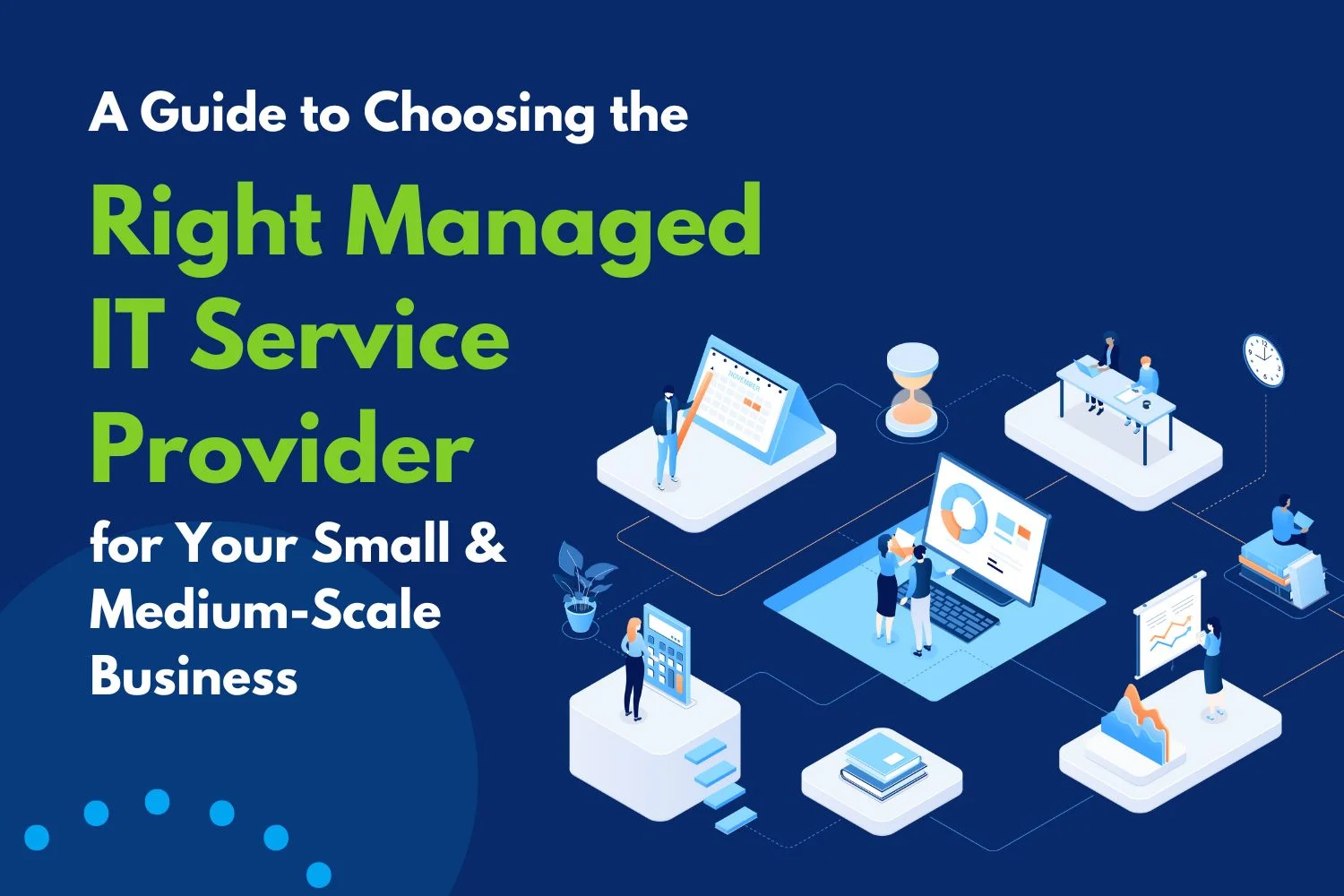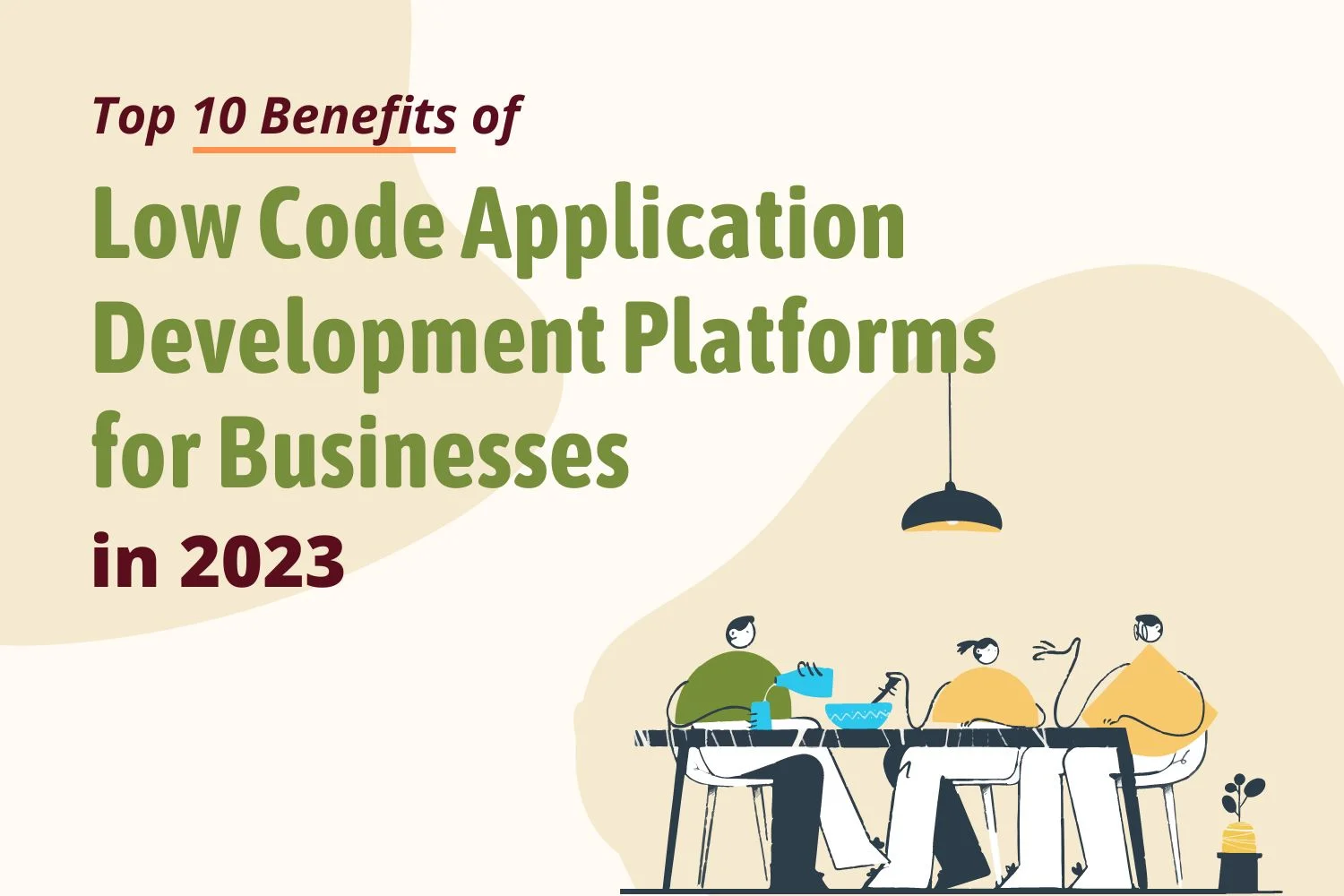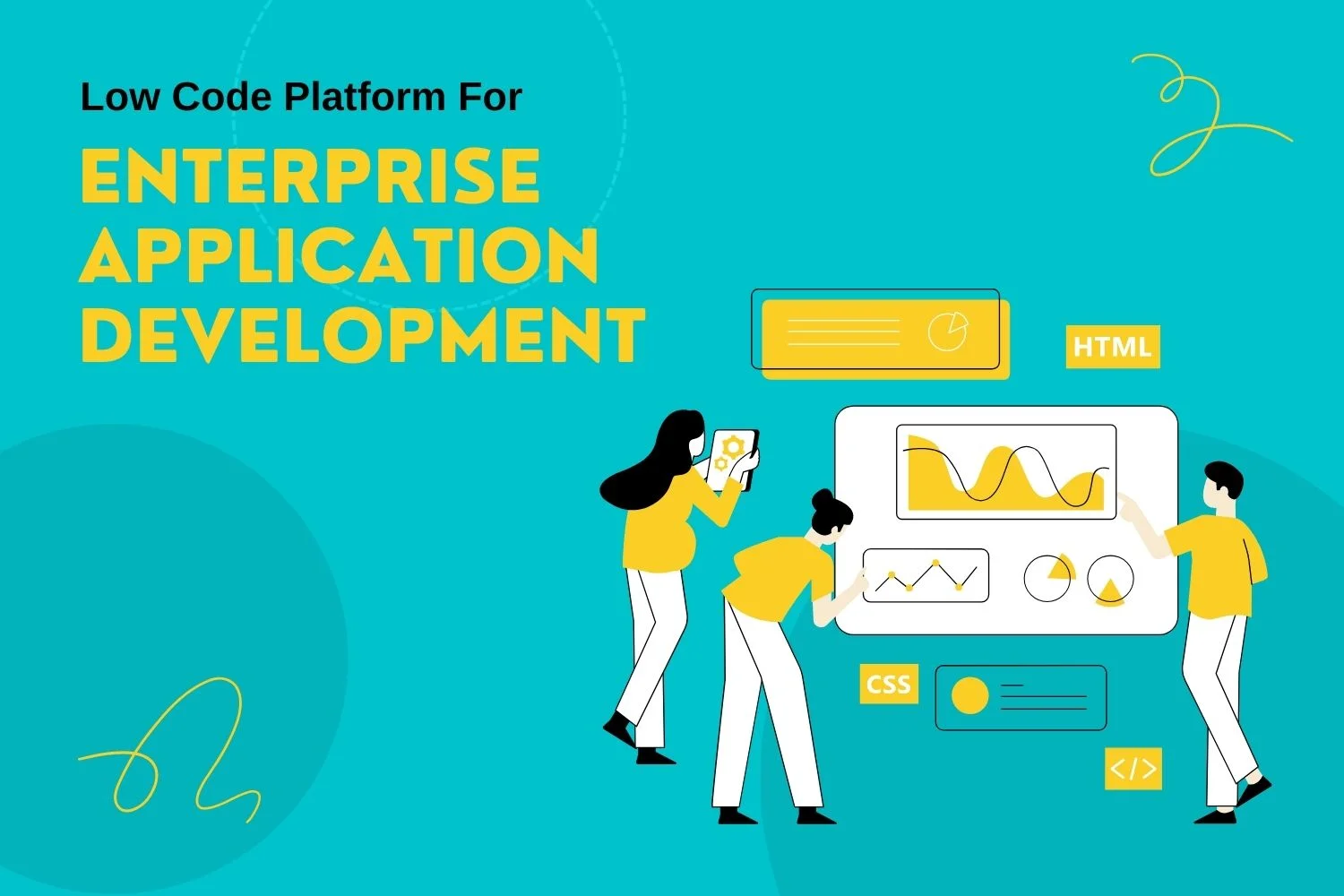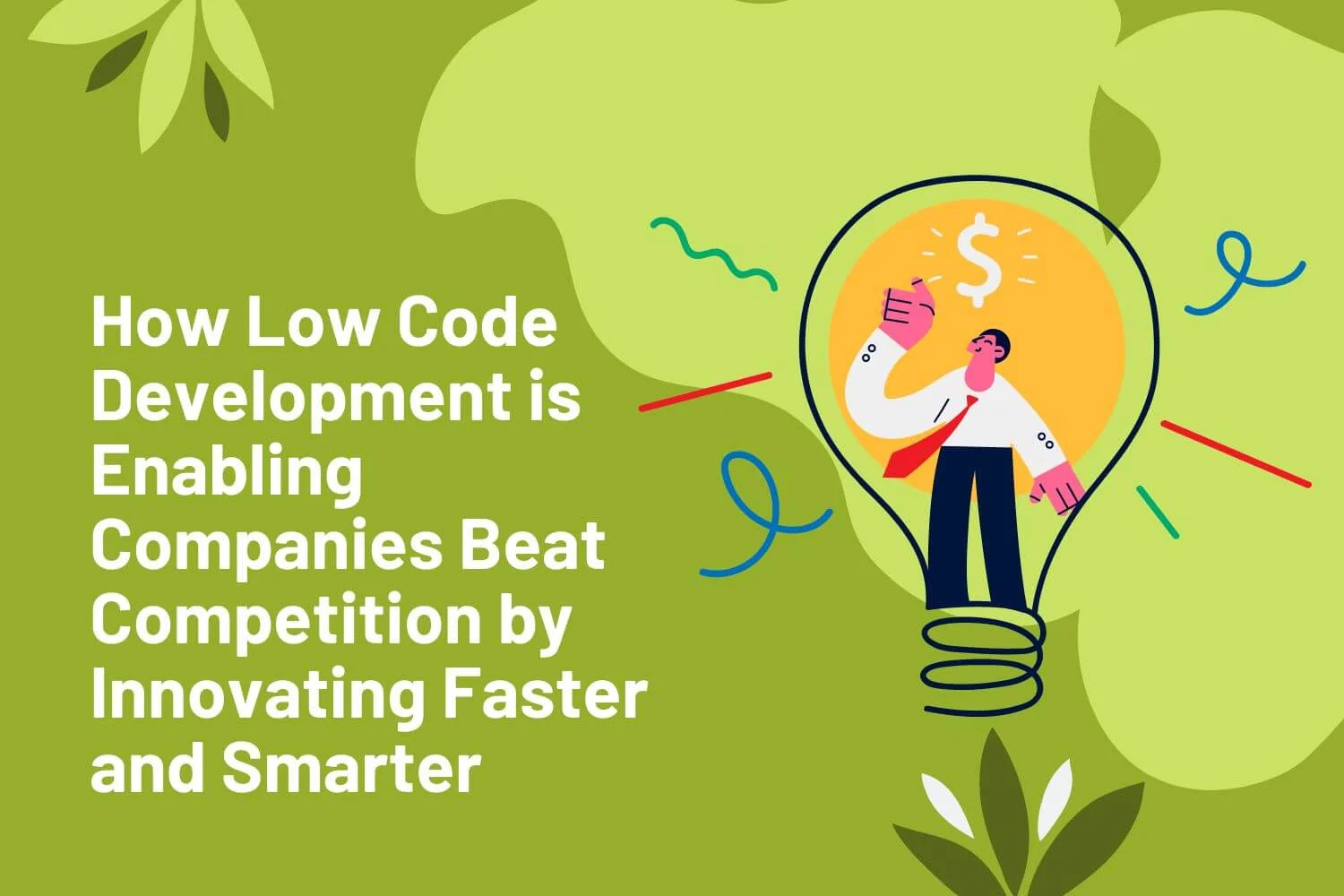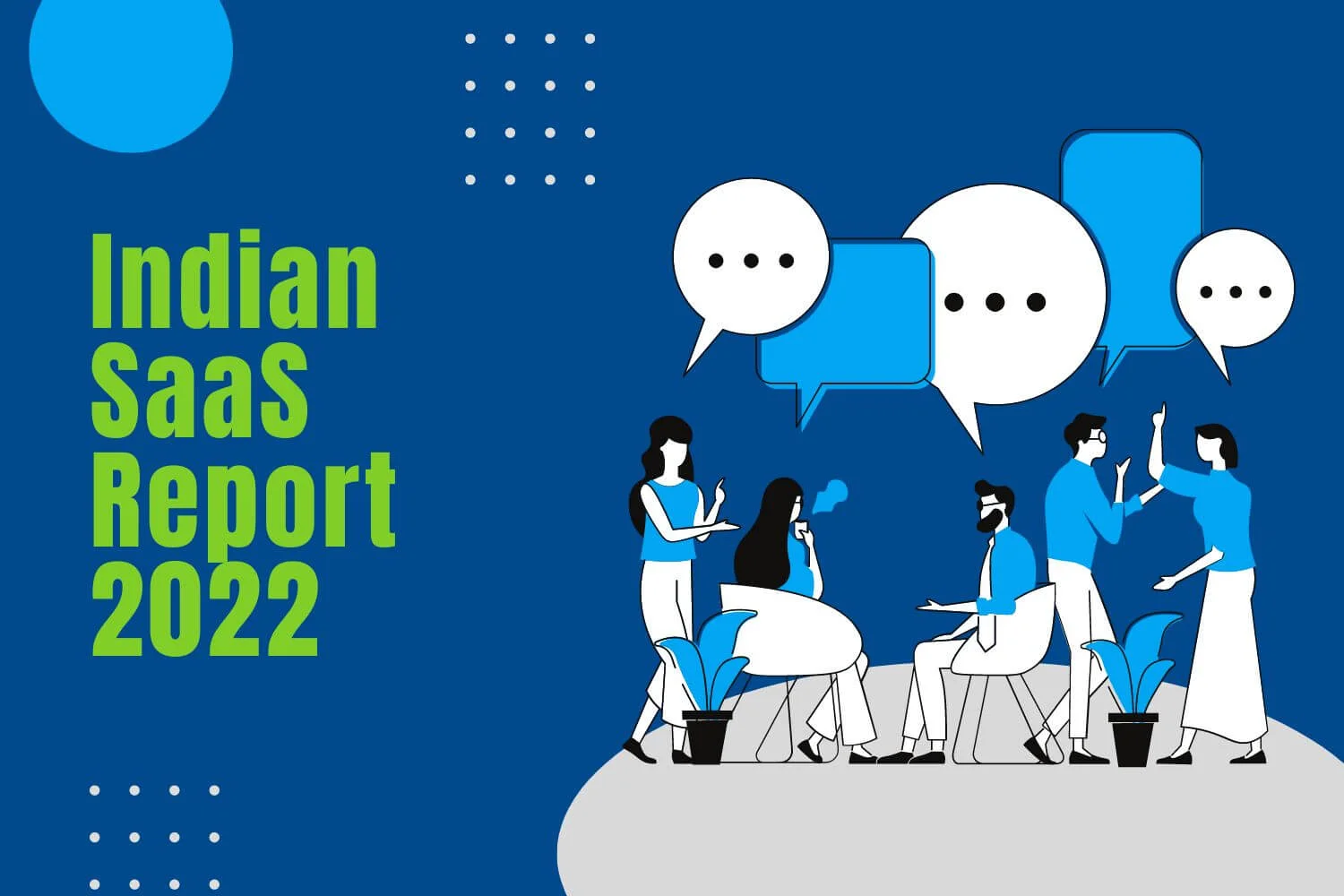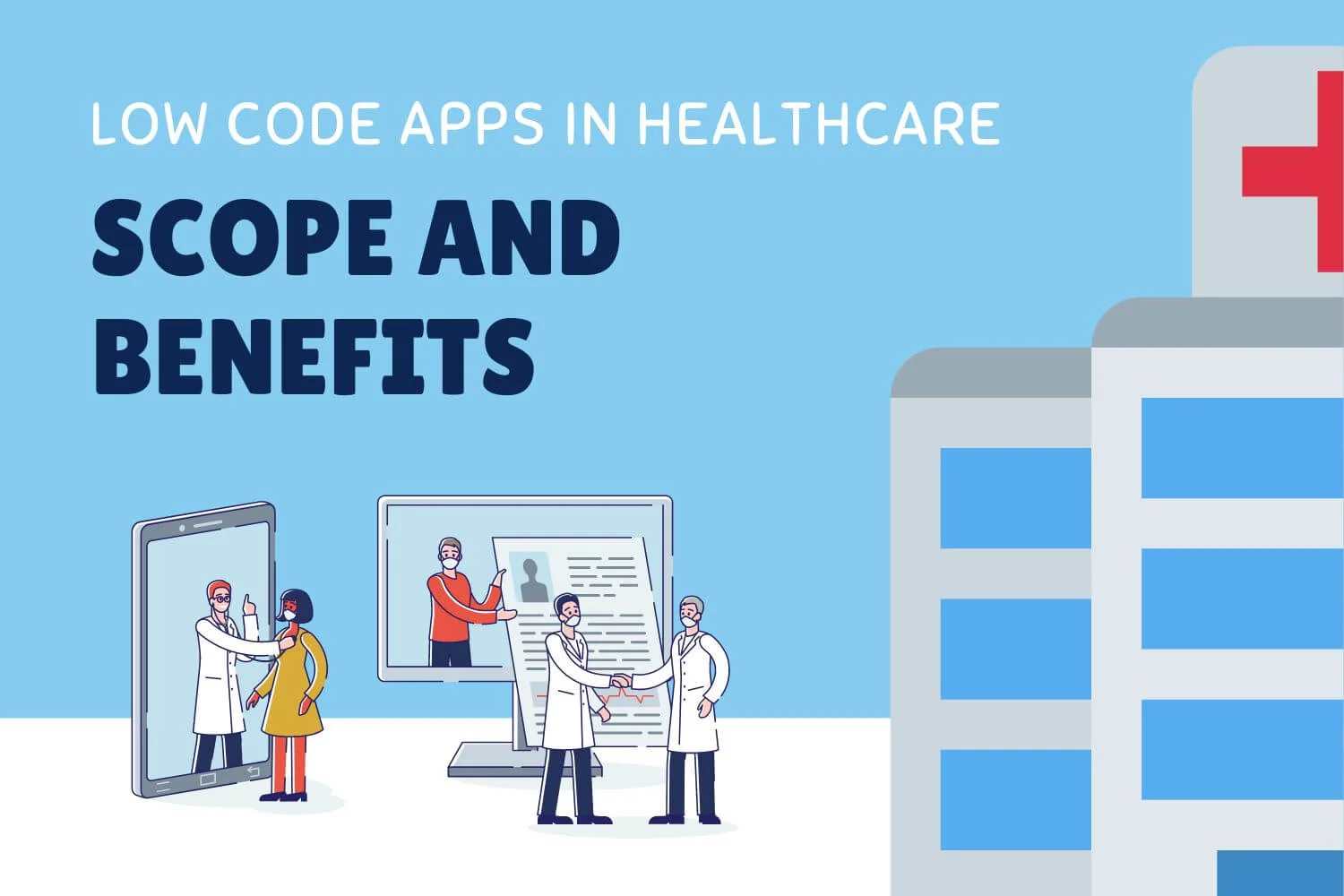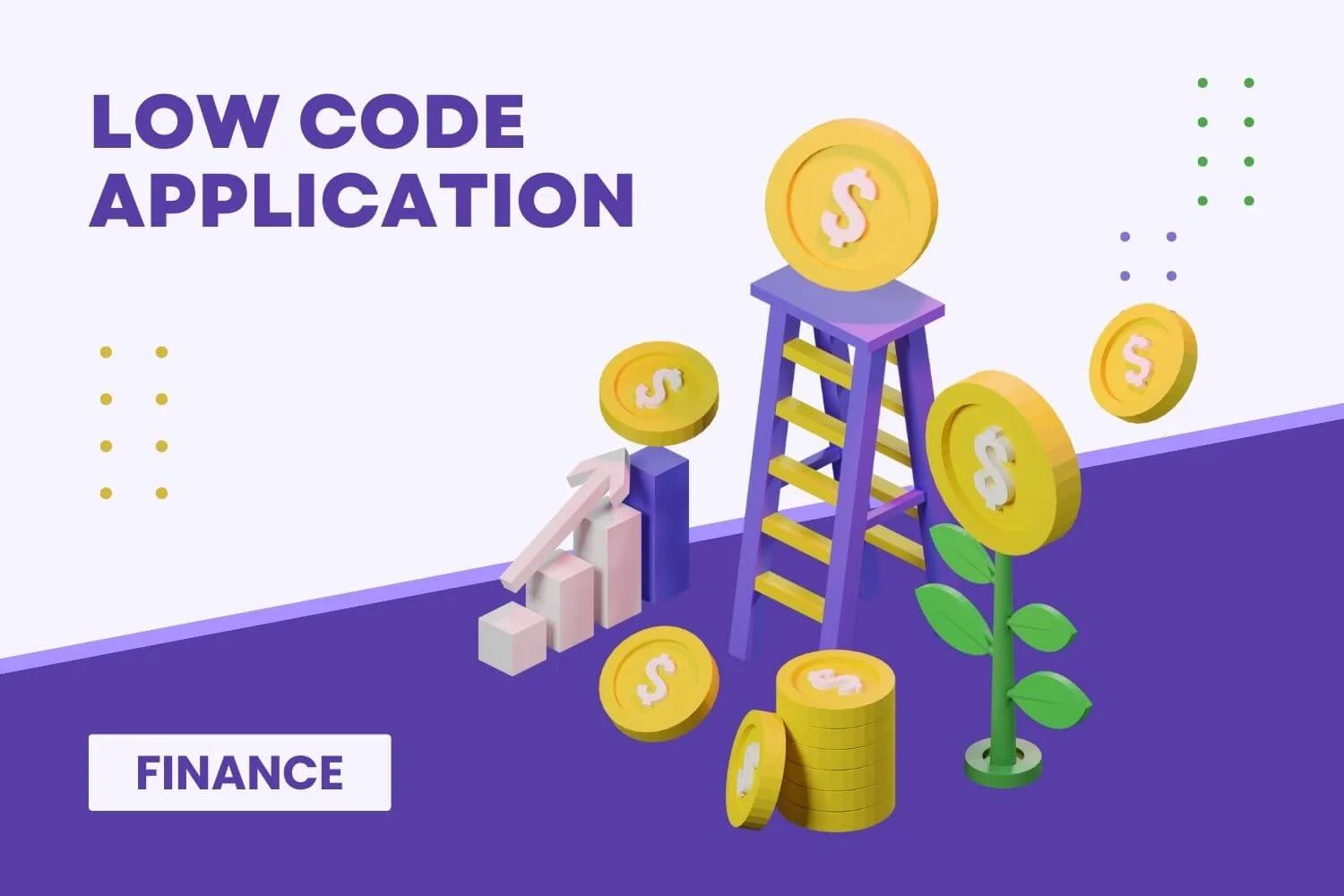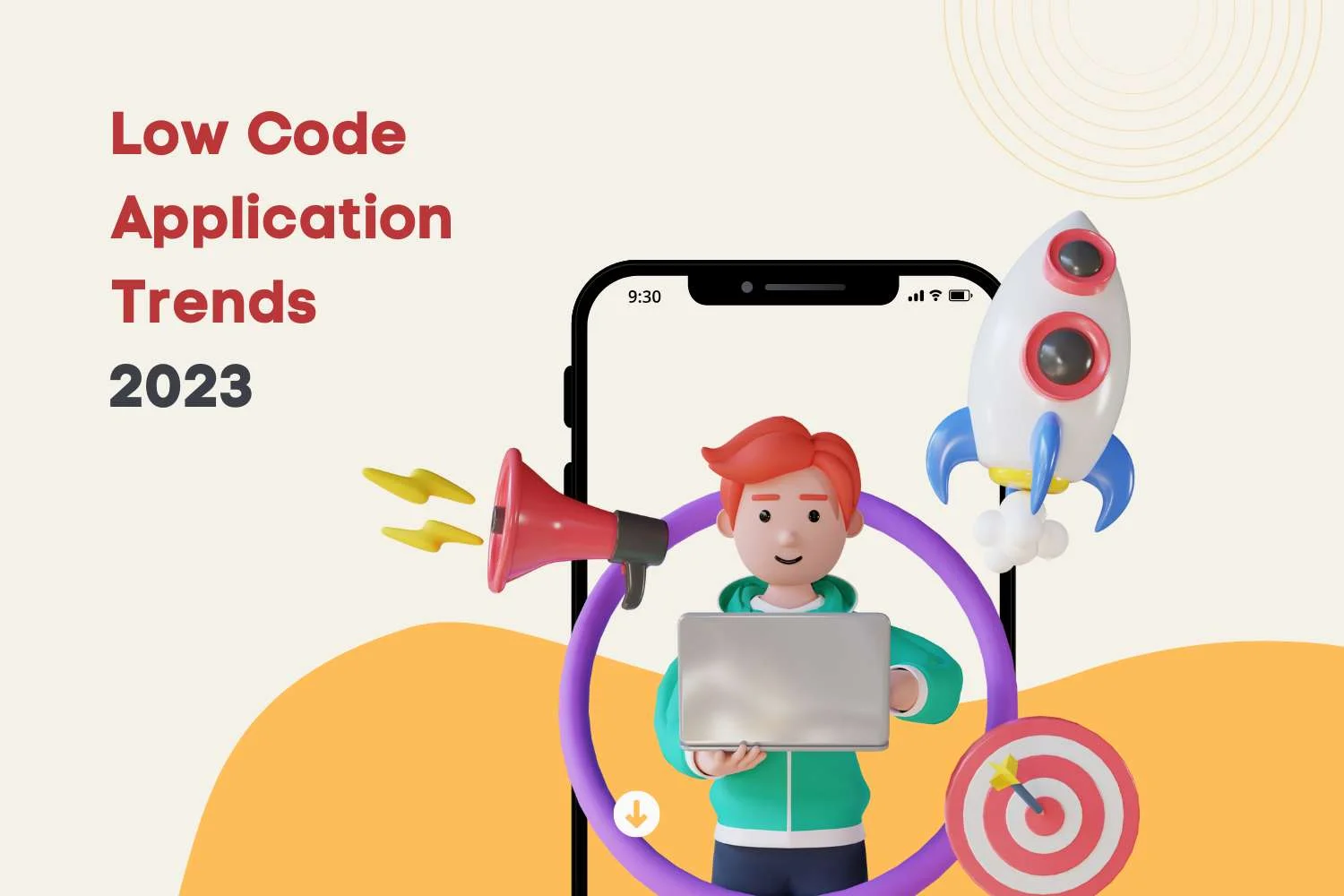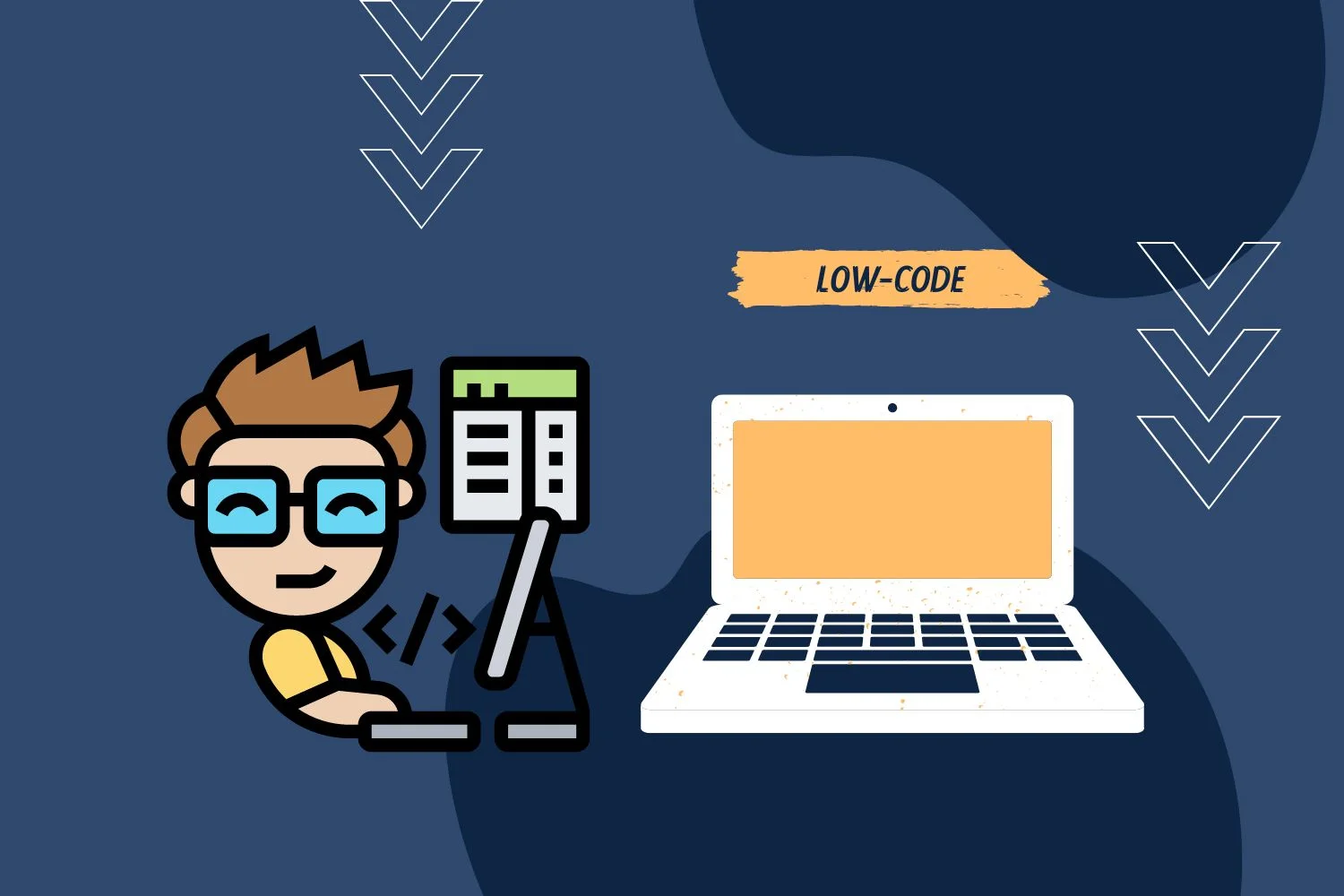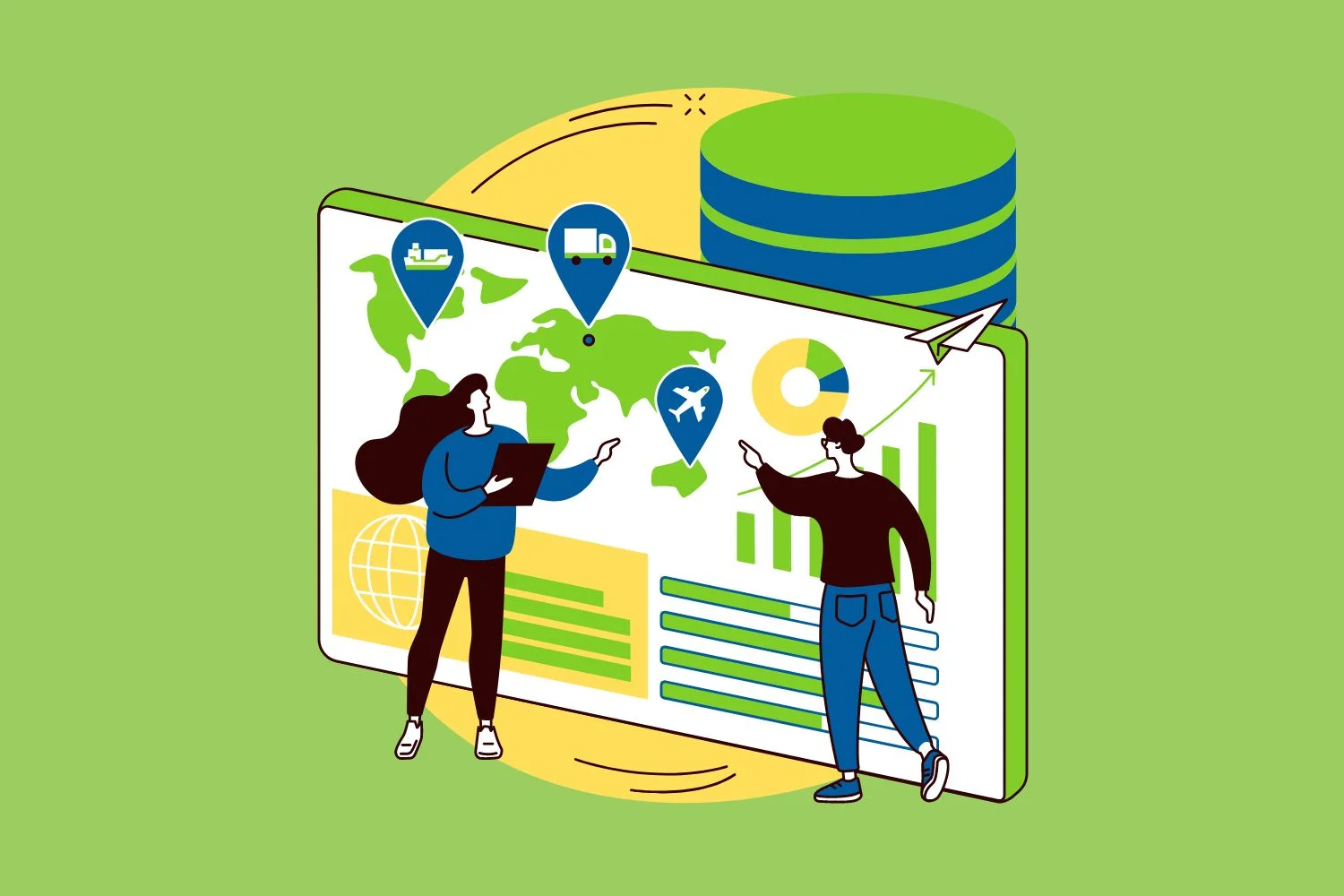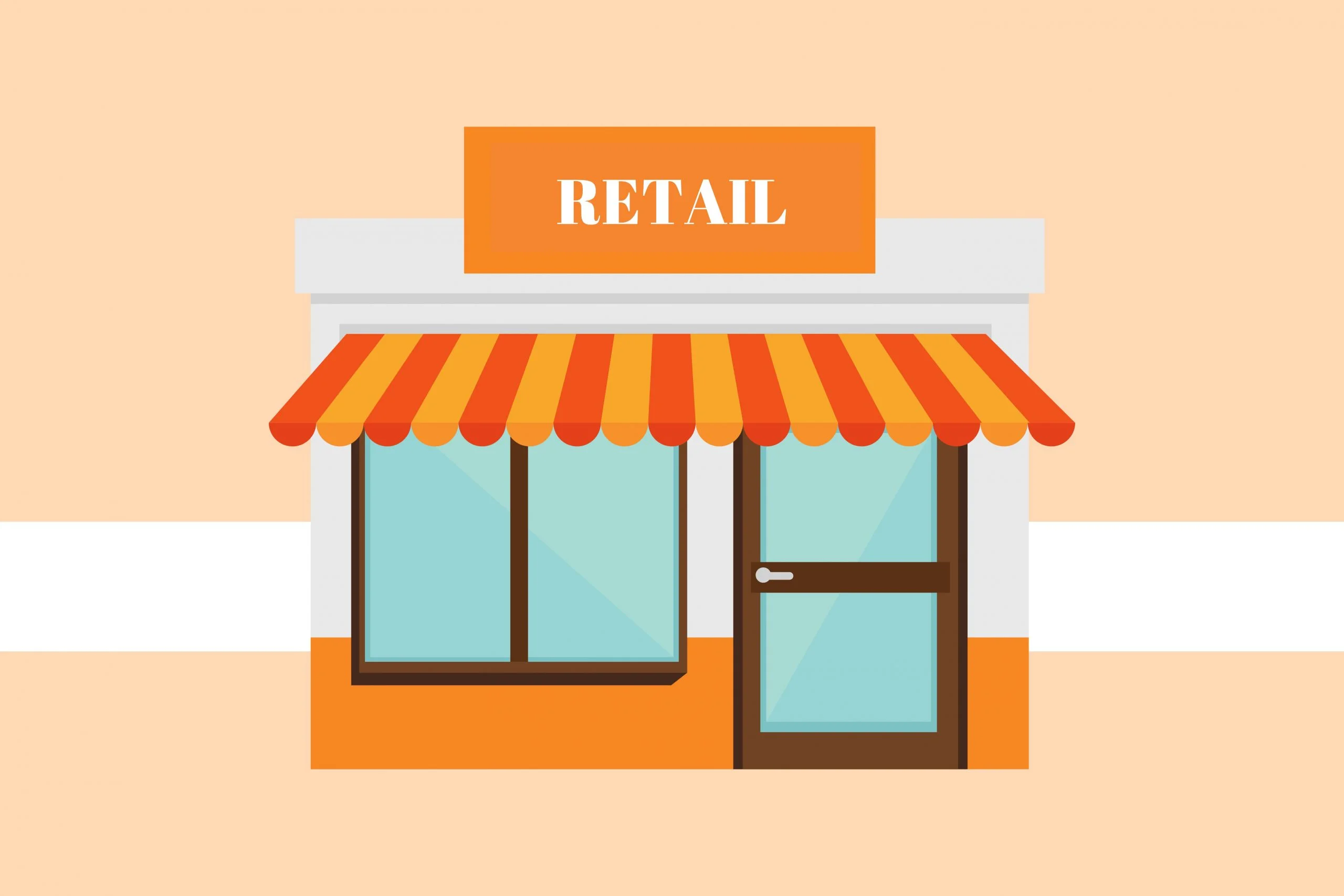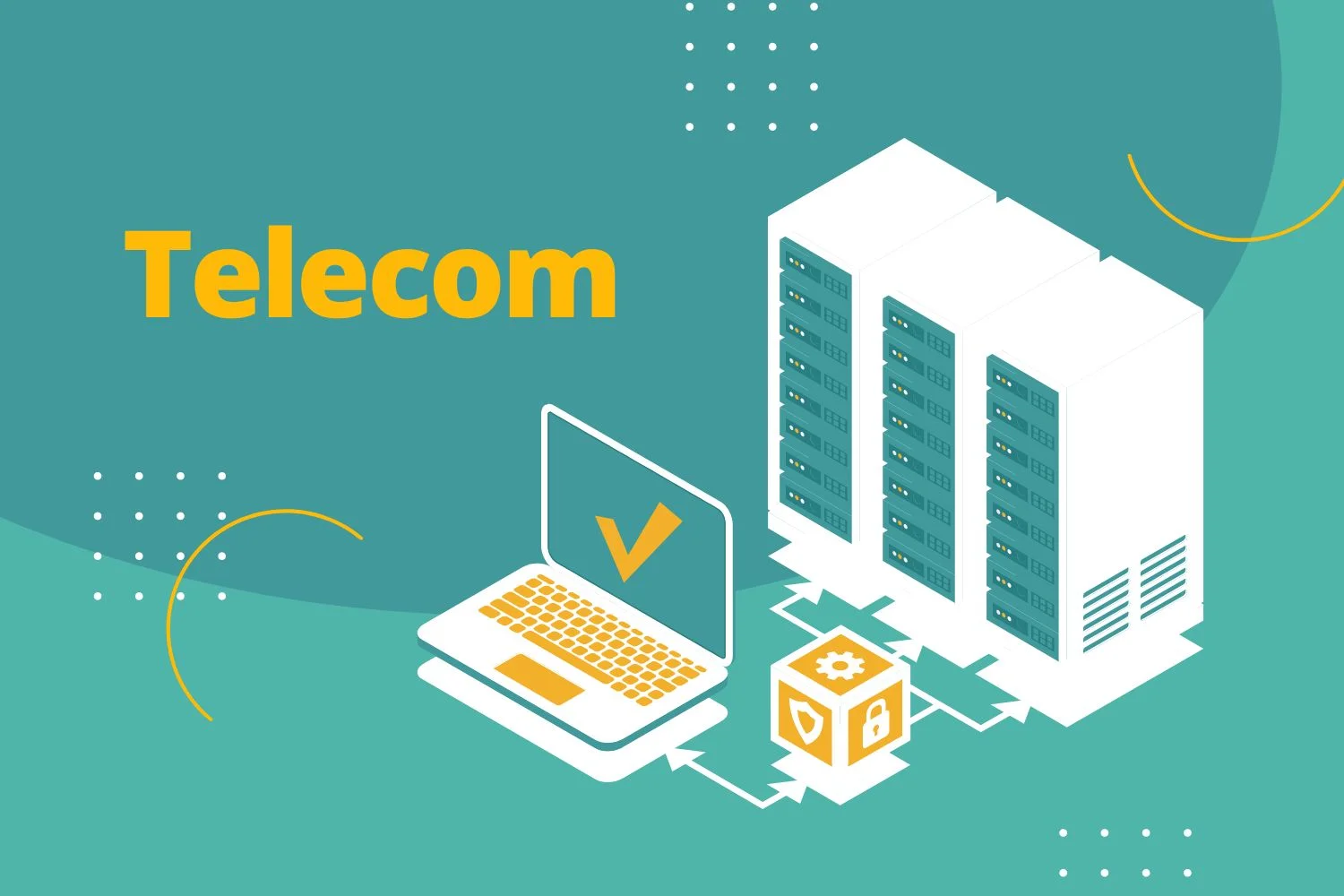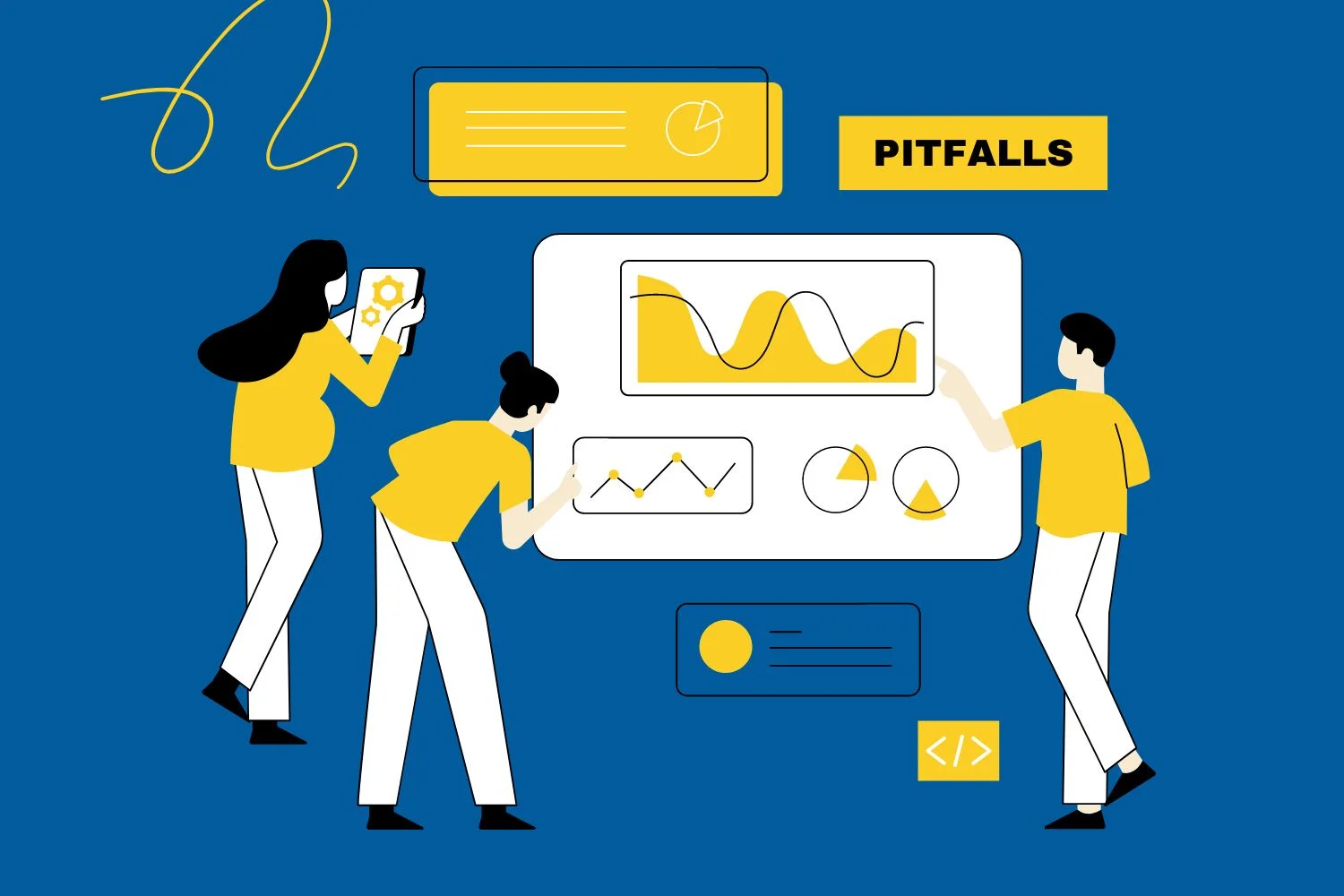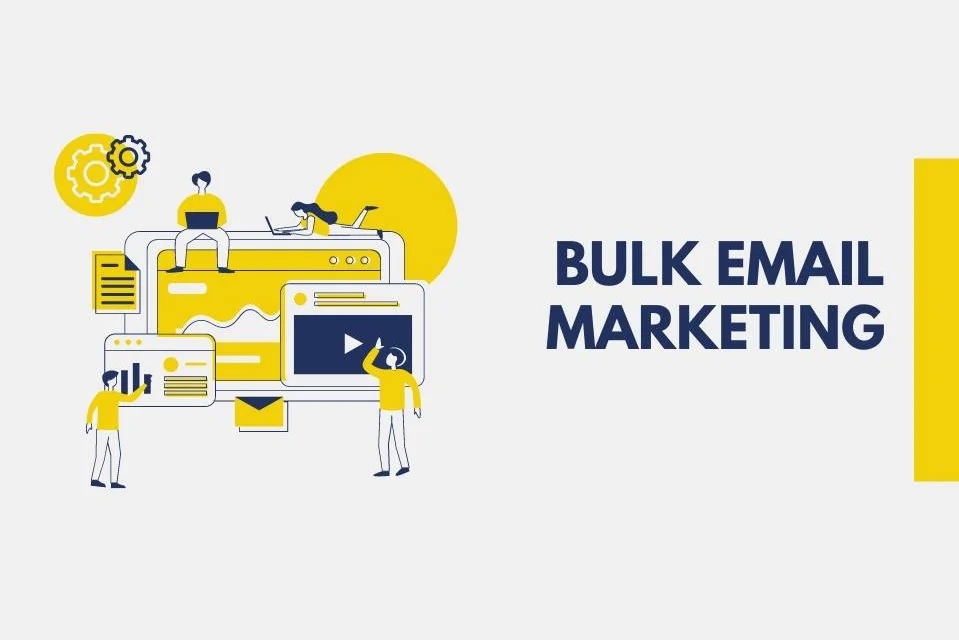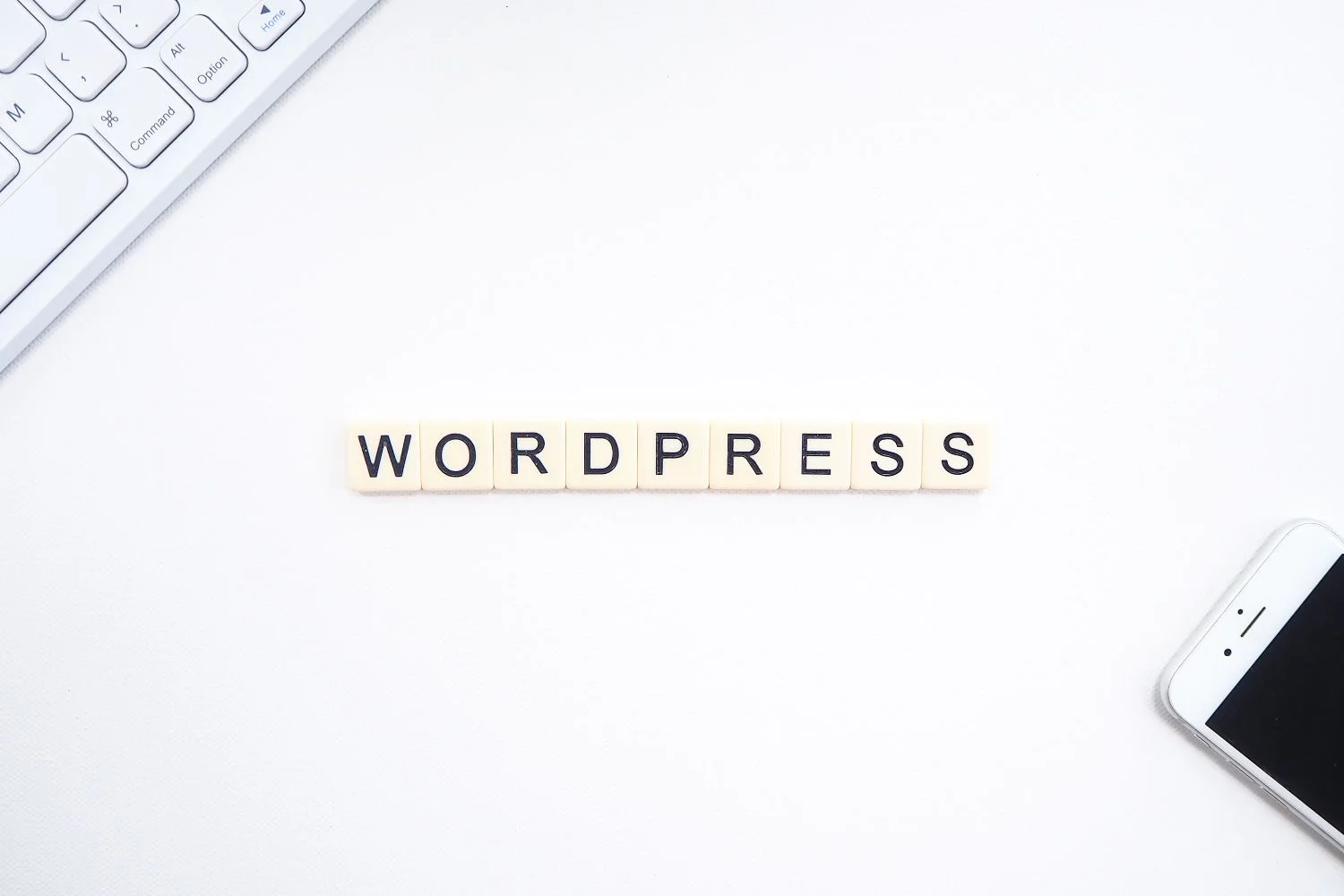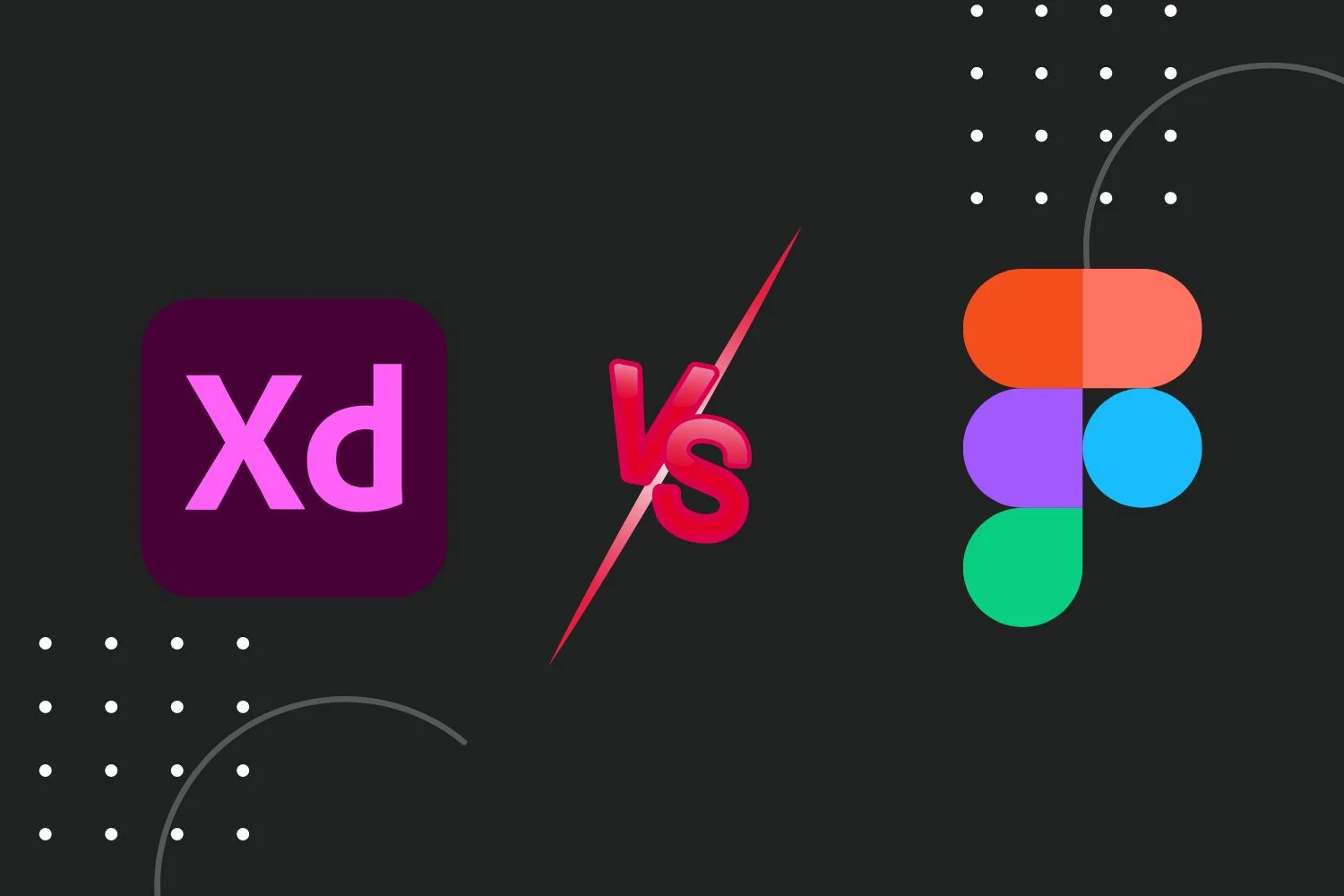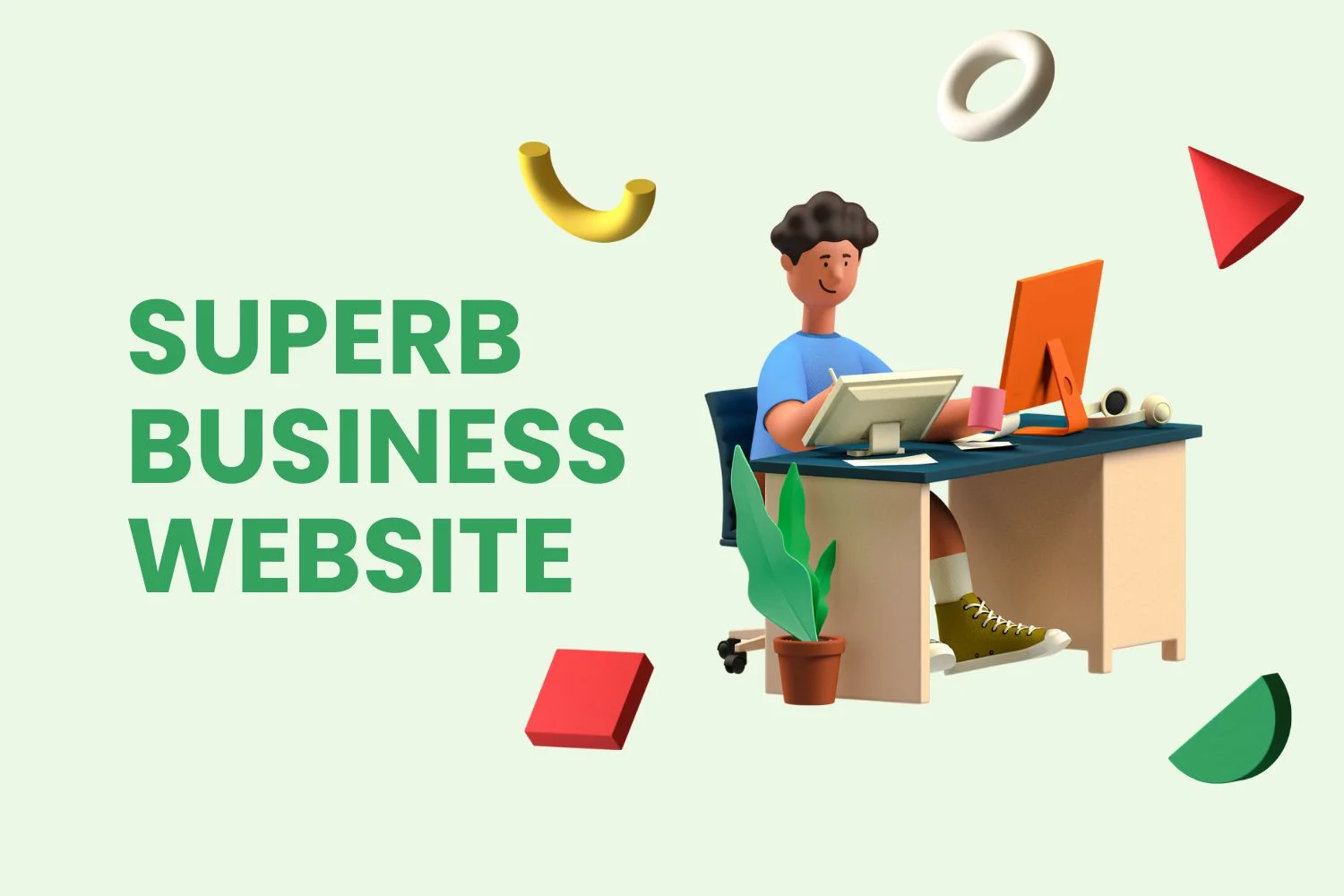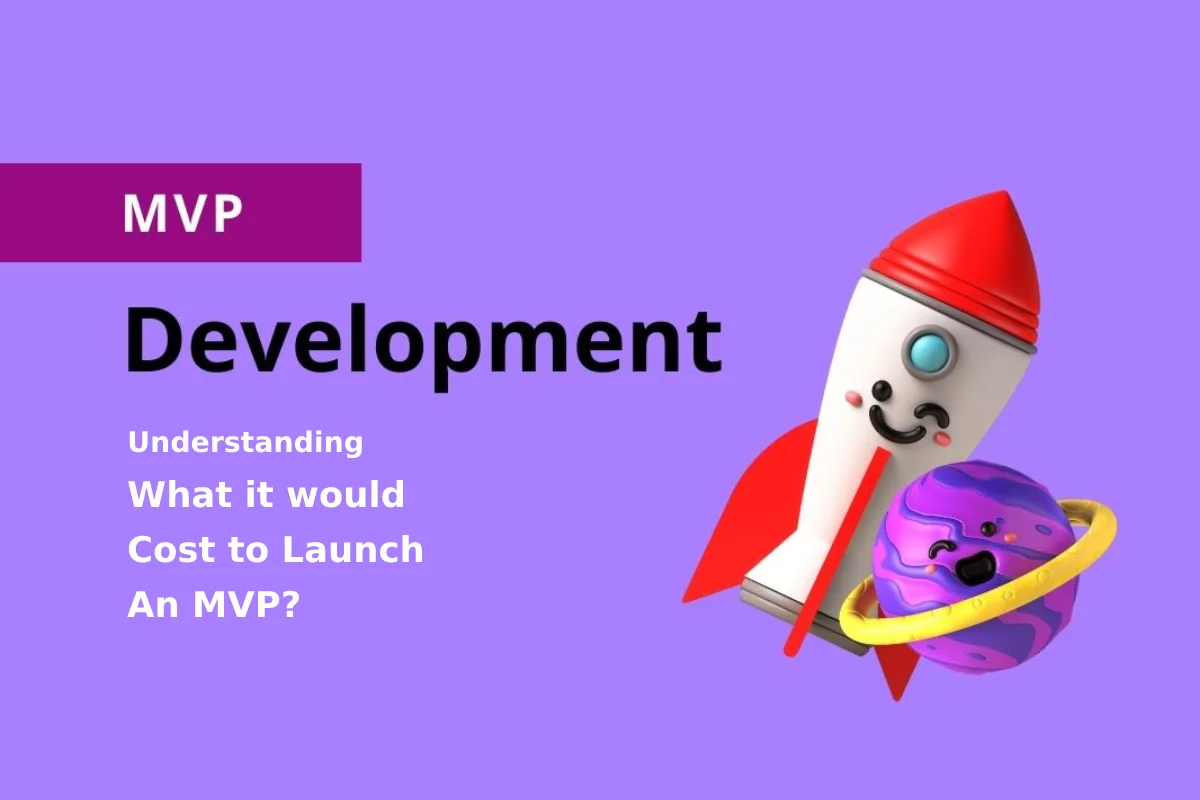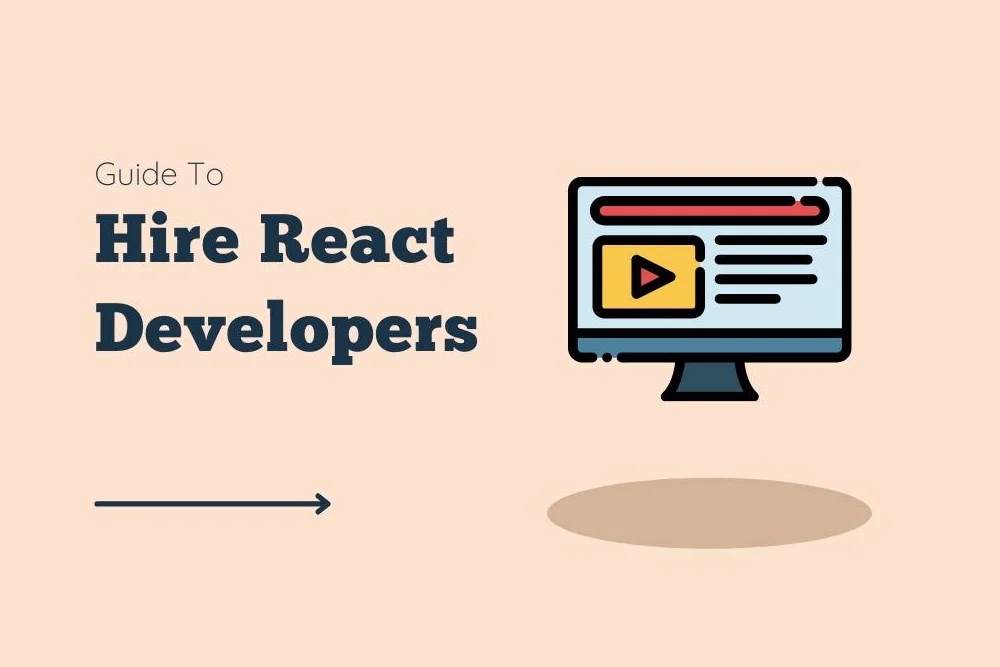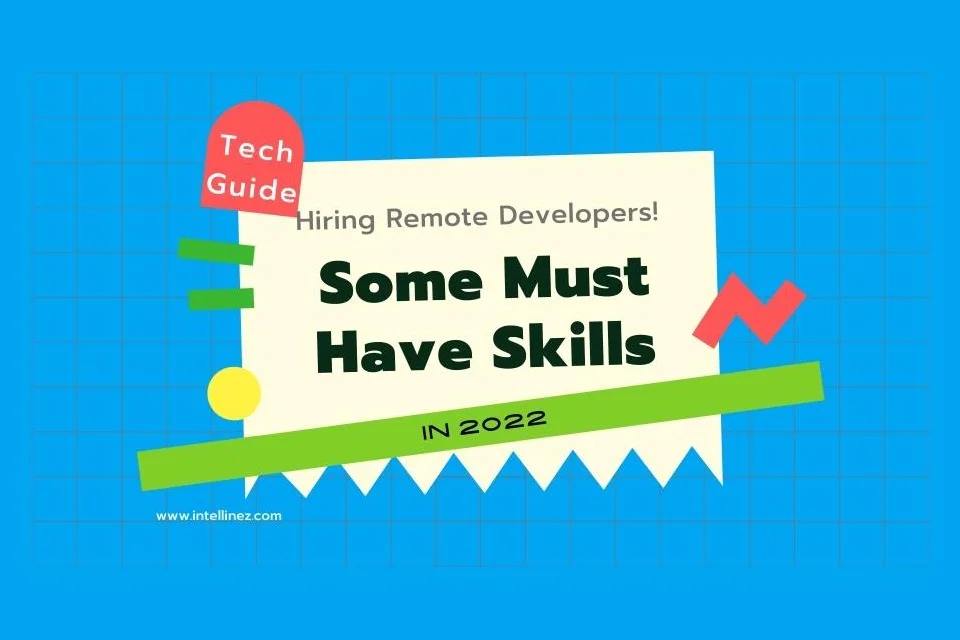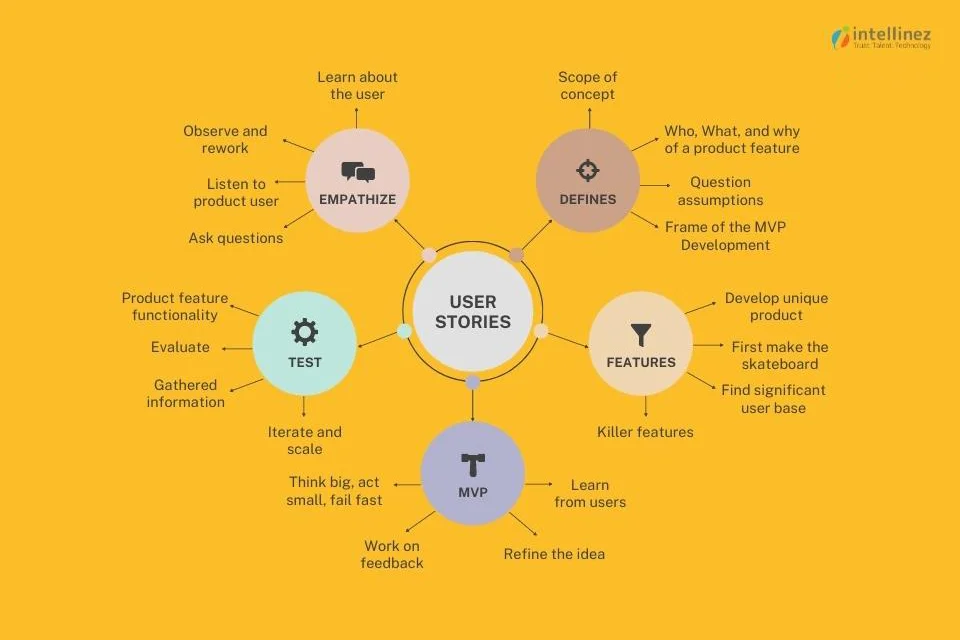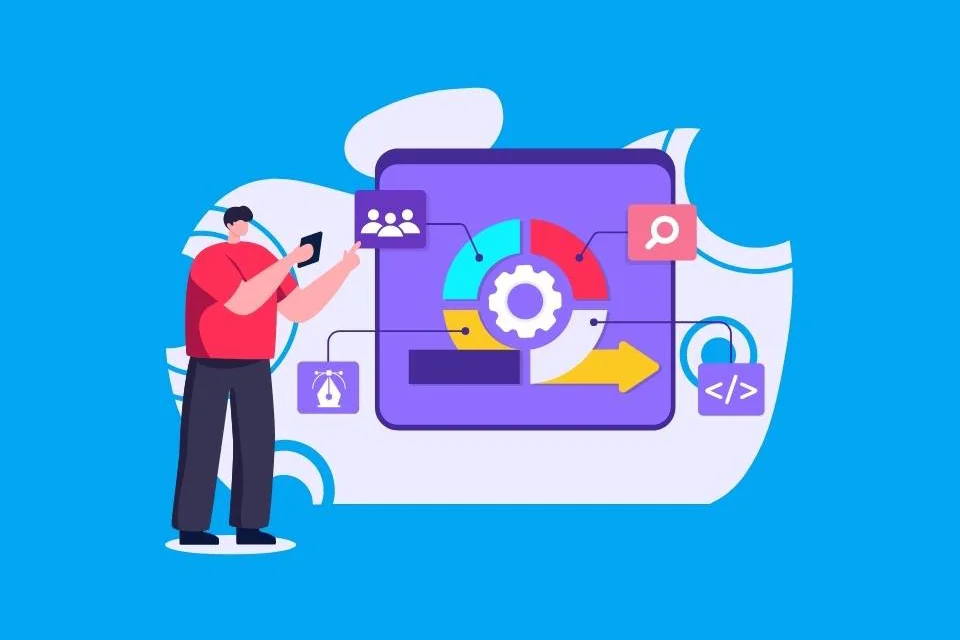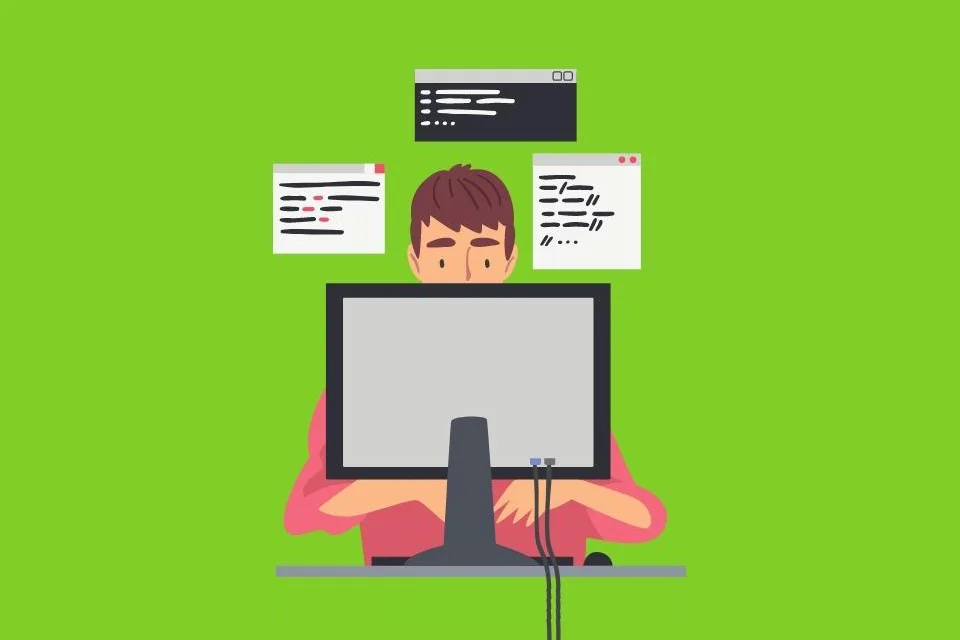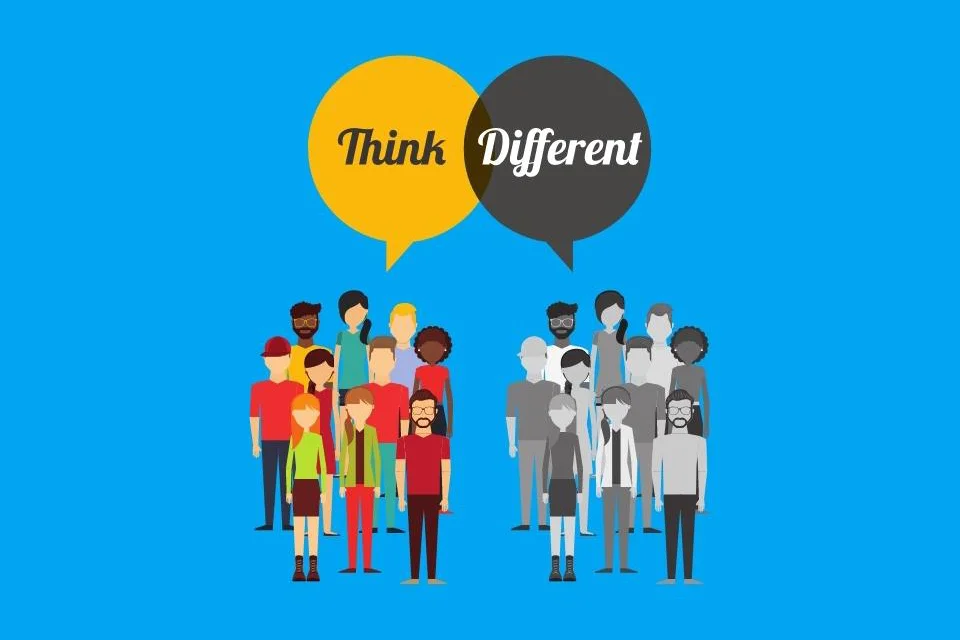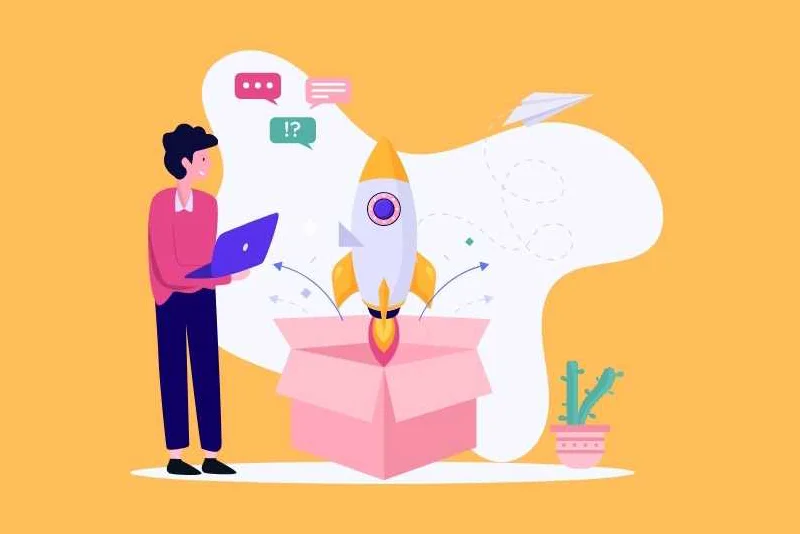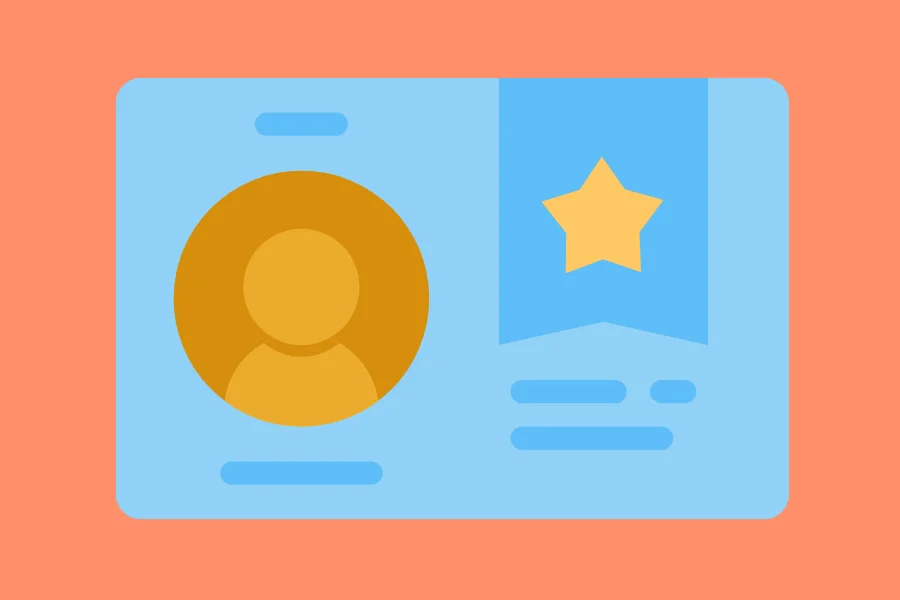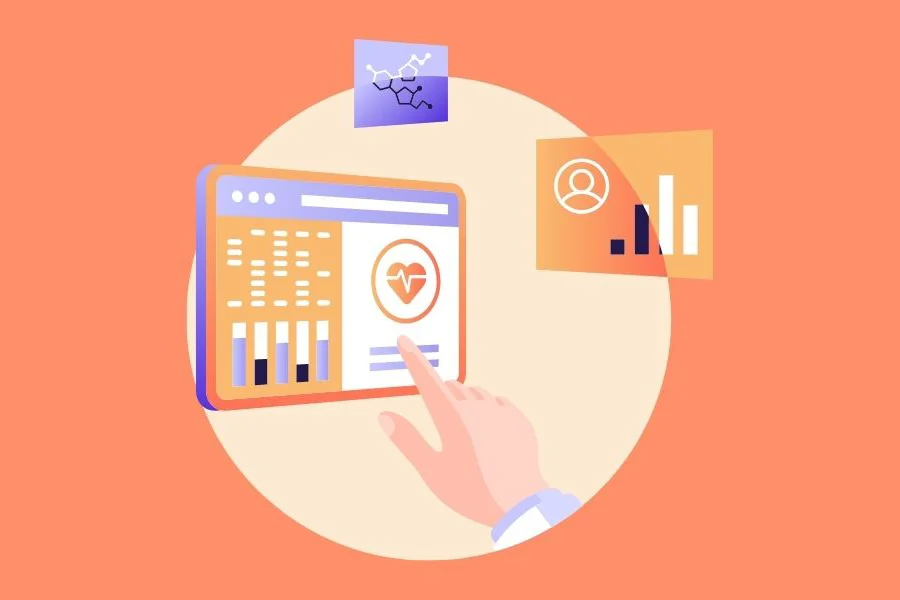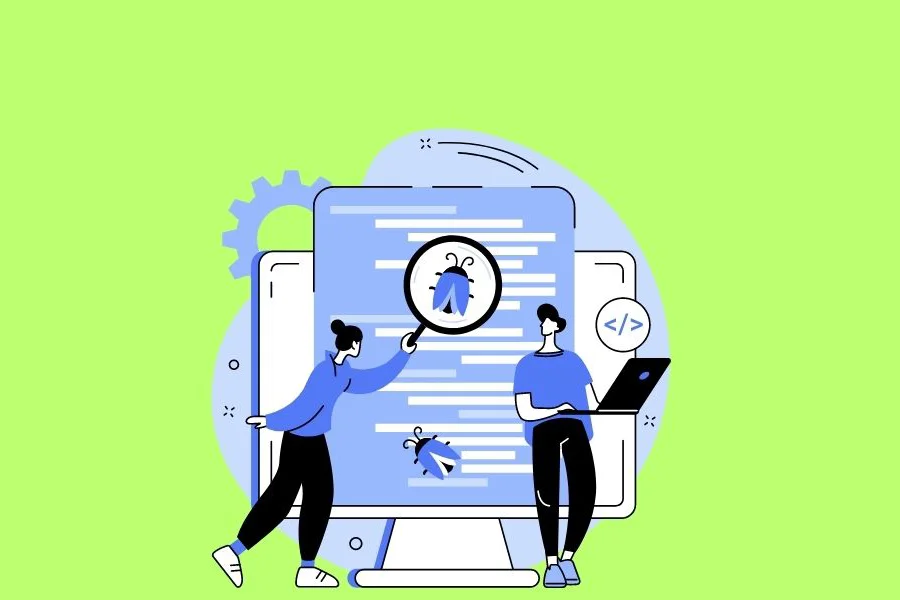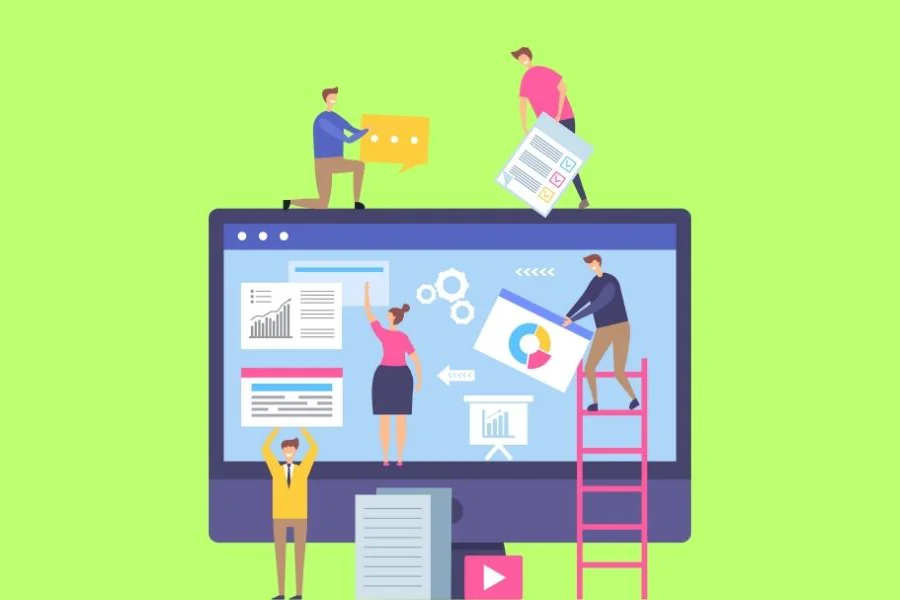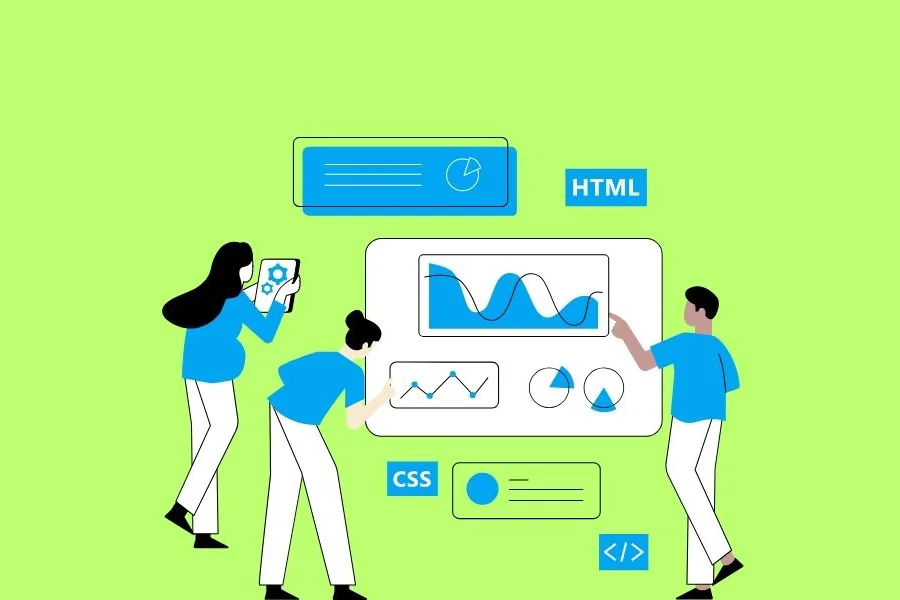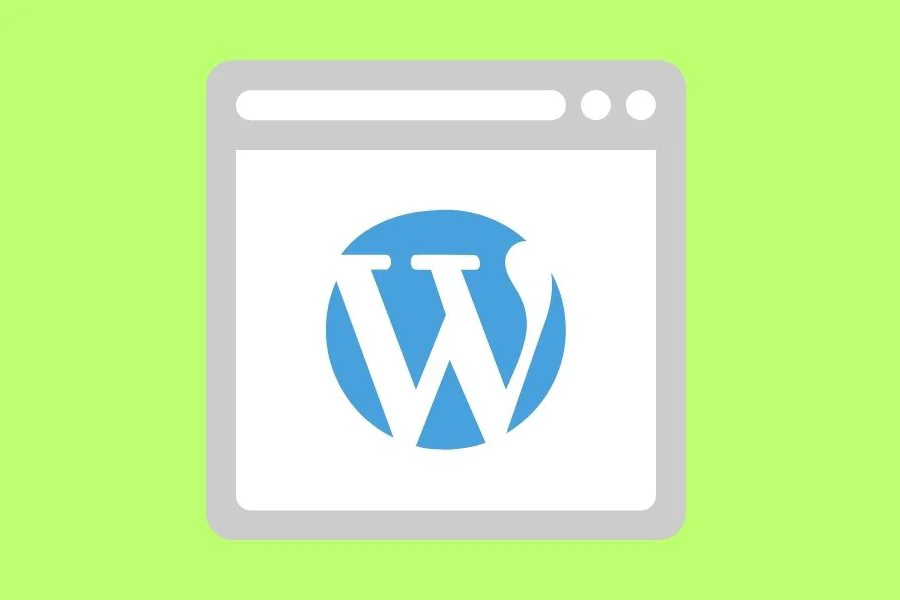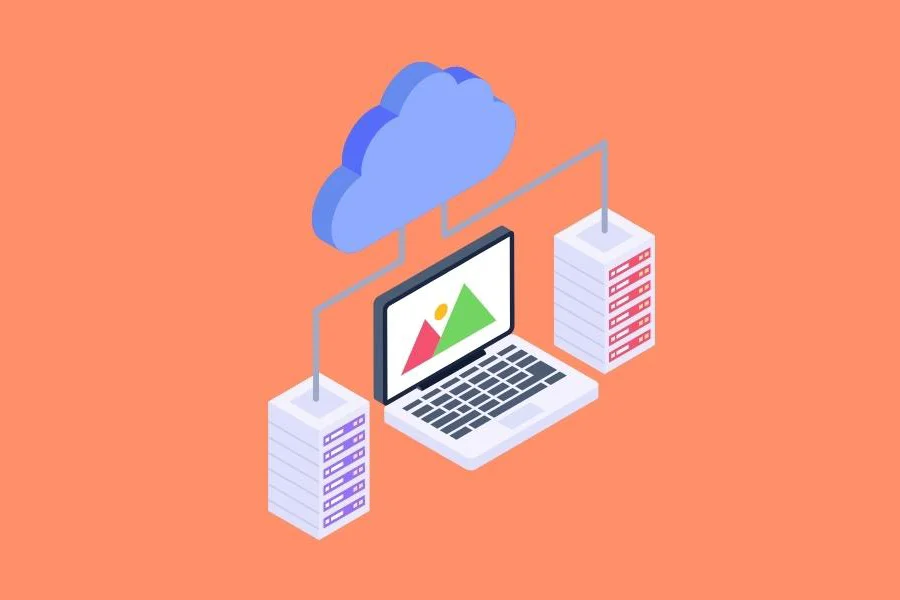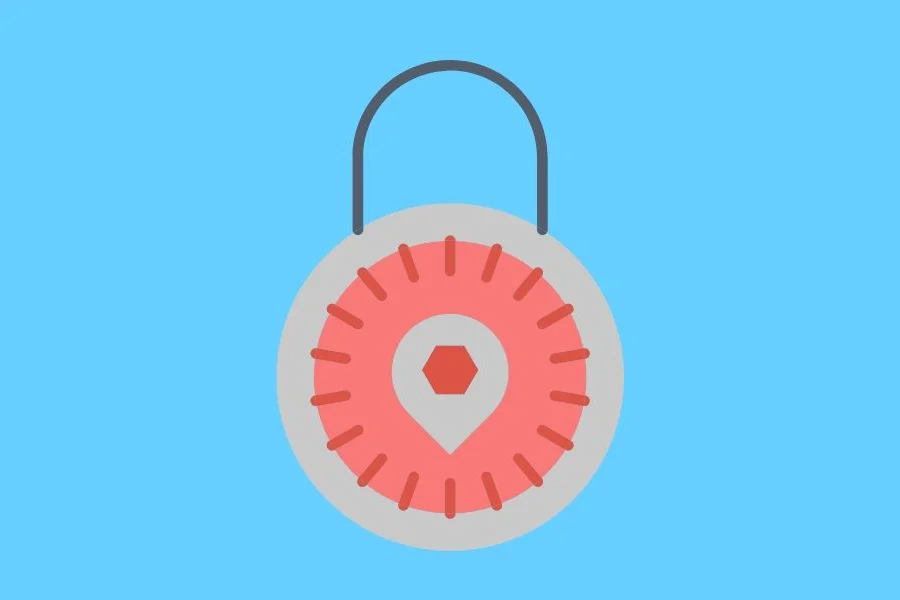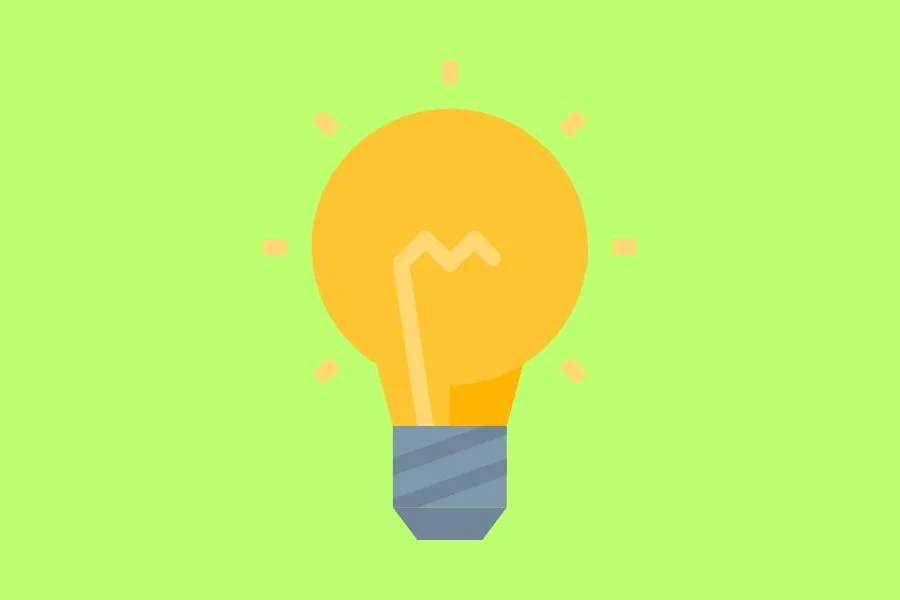Demystifying Product Development Process
There’s an allure to it, something a bit heroic about creating a product or service with the power to bring change. But in a world saturated with modern-day comforts, how does one innovate? The answer is digital products. The digital product development process isn’t just associated with startups or intrapreneurs looking to revamp specific departments of their multinationals. To survive in an ever-digitizing world, businesses need to keep investing in newer and better digital products.
Understanding Digital Products
What is a Digital Product, and Do I Even Need One?
A digital product is anything that can convert manpower-based organizational processes into ones powered by cutting-edge technologies. It can be a consumer service such as modern-day mobile applications, a business service such as an ERP software, a marketing tool like a website, or just an internal service like a local hosting server. Creating a digital product for internal processes can be an excellent investment for the long term.
AWS: A Case Study
What is the story behind AWS?
Let’s take AWS’s example. Amazon wanted to develop a platform called merchant.com but struggled with external development platforms. Moreover, internal teams were building their resources from scratch for every project. To combat this problem, Amazon developed AWS, a set of standard infrastructure services, to remove the redundancy in the development process and create a set of common infrastructure services for all its teams. The team soon released the miracle they had created and launched the service as an enterprise solution, which became so successful half the internet runs on it now. So, if your organization has the required funds, digitizing your products and processes should not be a question of if but when.
Your Go-to Guide for Digital Product Development
Market Research & Budgeting
Money is a finite resource, even when it comes to the biggest corporations on the planet. Businesses can’t just keep digitizing and automating every process; they need to invest their time and capital into projects that have the highest ROI. Thorough market analysis and research are required to evaluate the demand for the solution. Even if the demand is present, the company needs to make sure they have a marketing and sales infrastructure capable of promoting it to the masses. Budgeting is another crucial step in the product development lifecycle. A product’s development shouldn’t drain the company of its resources entirely. Project managers should decide limits on the human and monetary capital required for each project beforehand.
Wireframing
Once a workflow has been established, you need to start working on the look and feel of the product to help it bring to life. Even if you are working with an outside product development agency, wireframes and initial sketches from your ideation process can help them understand what you need and charge you a tailored quotation instead of a large one size fits all bill full of redundant processes. You need to be entirely sure about the problems you wish to solve and the workflow required to achieve the solution.
Designing
Once the wireframing is complete, you should move ahead with a clickable prototype of your digital product. Interacting with your product will give you an idea of the user flow and help you evaluate it from a customer’s perspective. The design process will cover everything from the UI/UX to the small animations while opening or closing a menu. You have to make sure your design aesthetic offers something different to the consumer from the countless other solutions in the market, offering the same functionality. If your user experience is way better than your competitor’s, a serious customer will easily shell out extra money for your product.
Prototyping
A scaled-down or ‘lite’ version of the product needs to be launched to a focus group before the initial launch of the actual product. The target audience or the focus group should be given complete flexibility in trying to break the system. Project auditors should run full-fledged bug and redundancy removal drives multiple times to ensure that the solution is as streamlined as possible. The product’s core features should be perfected at this stage; the rest of the architecture can be audited and added later on.
Perfecting the Product
You now possess insights from all the previous steps, now is the time to implement them into your final product. Various rounds of quality assurance tests need to be completed to ensure your product doesn’t fail under any circumstance. Bug bounty programs could help in ensuring there aren’t any security flaws in your system. Iterations to the additional features can also be made depending upon the reviews of the testing group.
Launch
Let’s talk about the moment you have been waiting for. It is often advised to launch the product in stages like alpha, beta and final. You can even offer free trials to your potential user base in small numbers. It’s better to have a small but successful launch instead of a blockbuster flop.
Marketing
Just bringing the product to the market isn’t enough, you have to start putting in marketing and sales efforts to promote your digital product. Plans need to be laid out to cover the maximum number of people with your marketing efforts for the lowest amount of capital spent. Sales efforts should be such that the maximum number of your potential leads should be converted into recurring customers. These efforts should be constant and need to be optimized over time.
Maintenance and After Sales Services
It does not matter whether you have developed the product for outside consumers or your own organization. Constant maintenance and upkeep are required to keep the product working. If your product is created with open-source technologies, a community of developers can alleviate a bit of load from your organization’s shoulders. If your product is closed-source, you will need to dedicate an entire team for upkeep, updates, and addition of new features over time.
Conclusion
The product development cycle for a digital product can be long, but once you have an established product with a base of passionate users, you can conquer the entire market. The industrial revolution is coming to a halt, and digital products are the way forward in a stagnating economy.
Product Development Services
With Our expertise in Digital Product Development, we can create Custom and Enterprise solutions for multiple platforms ranging from web and mobile to the cloud. We also specialize in SaaS Development, UI/UX services, QA Testing, System Integration and API Development.




































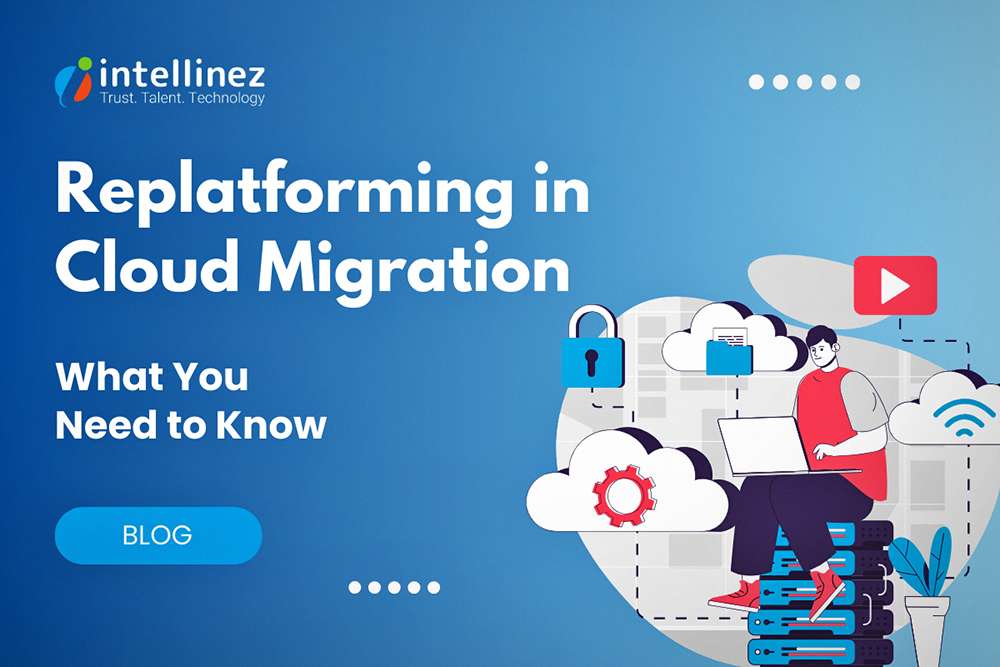





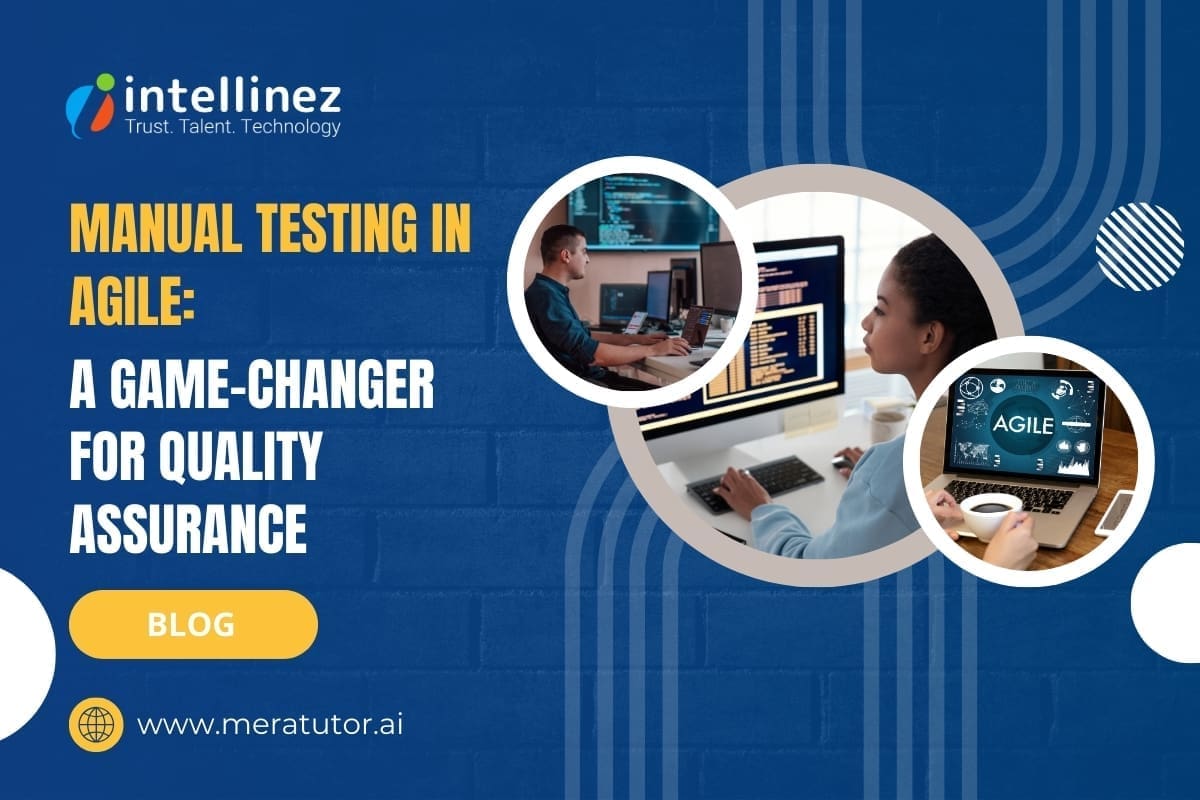




![A Comprehensive Guide to AWS SaaS Architecture [Diagram Included] 91 Aws SaaS Architecture](http://www.intellinez.com/wp-content/uploads/2024/08/Title-image.jpg)










